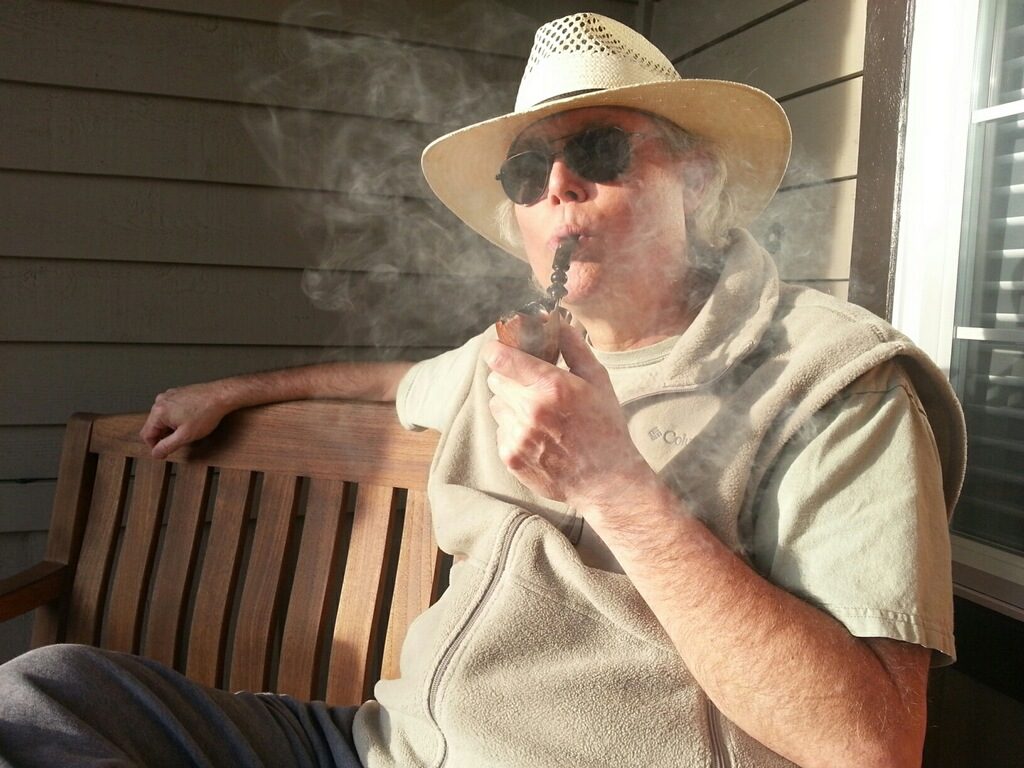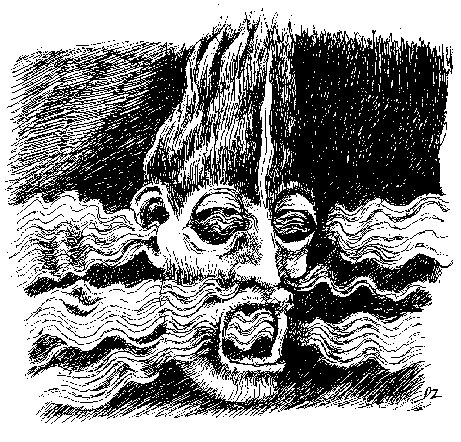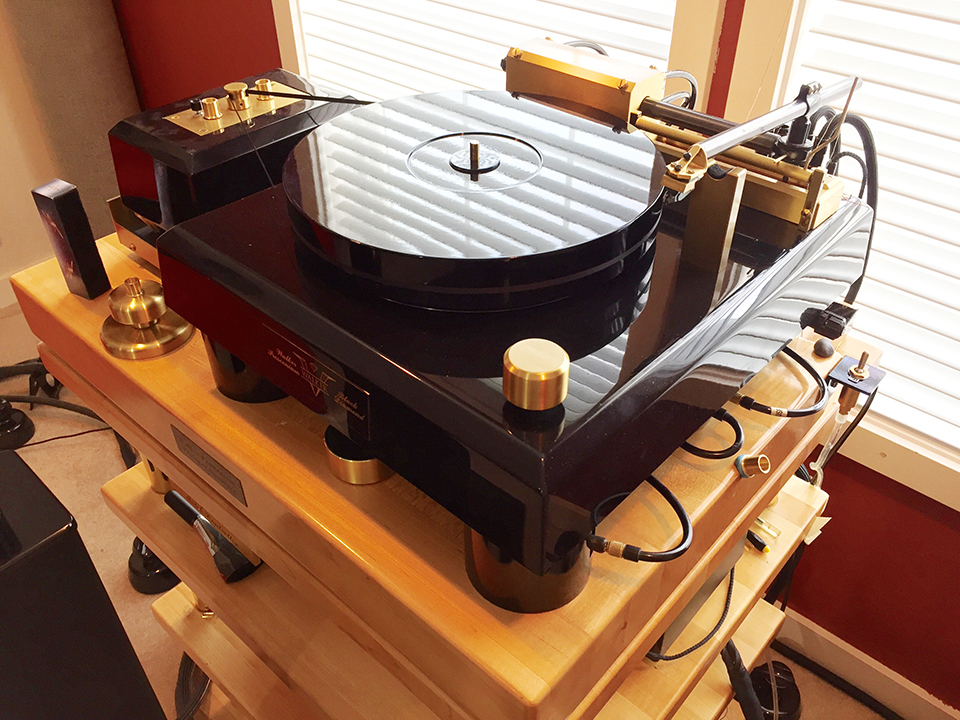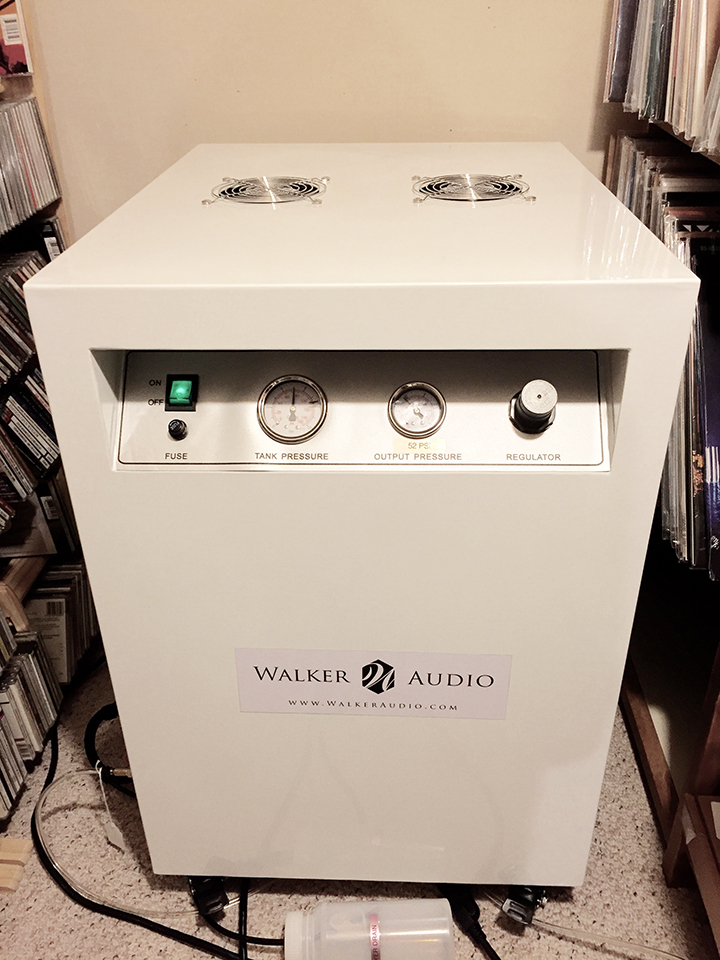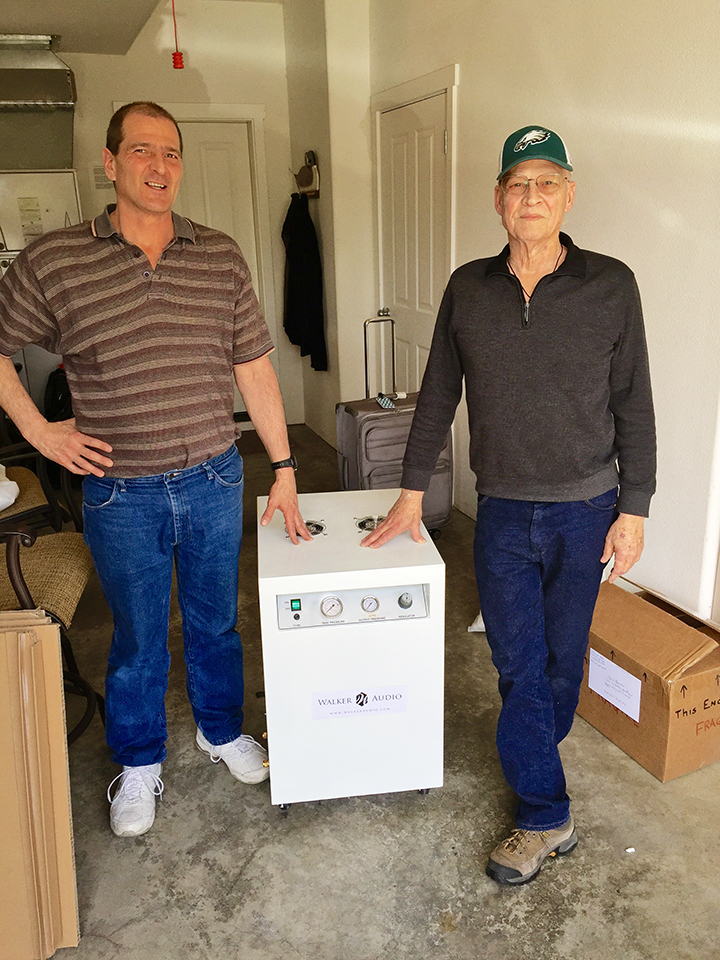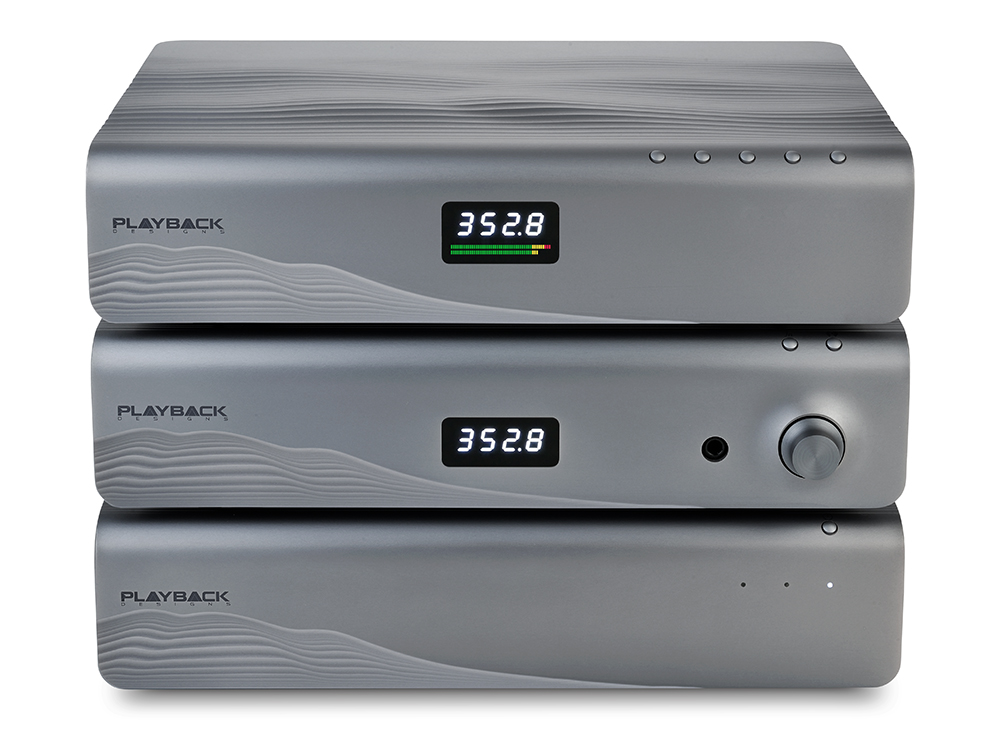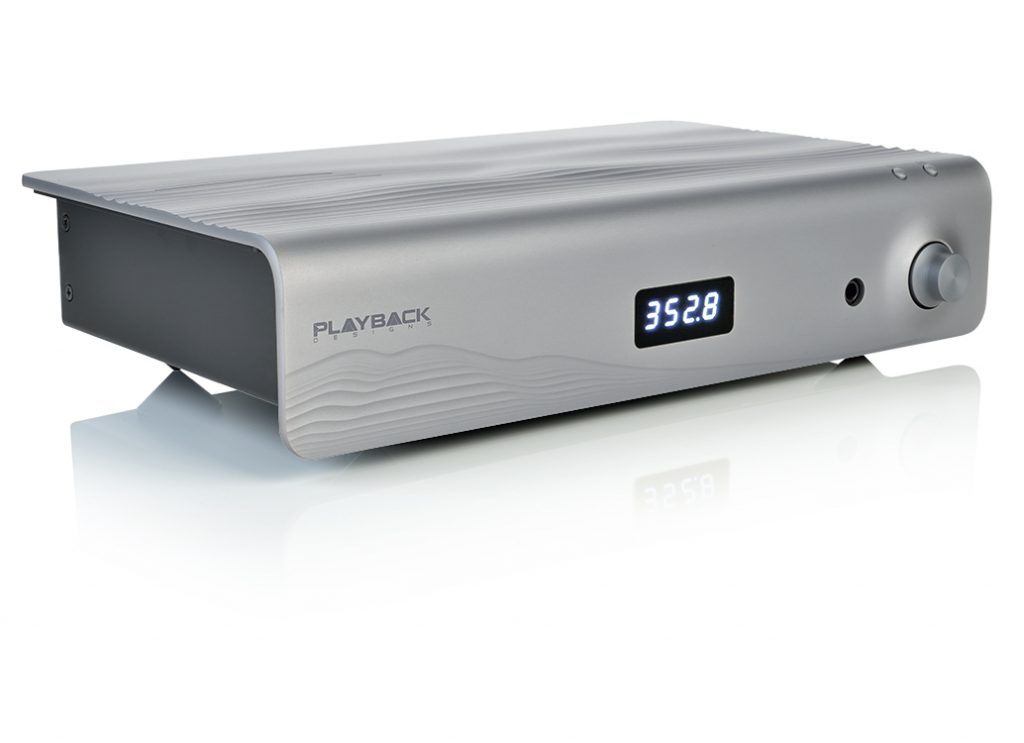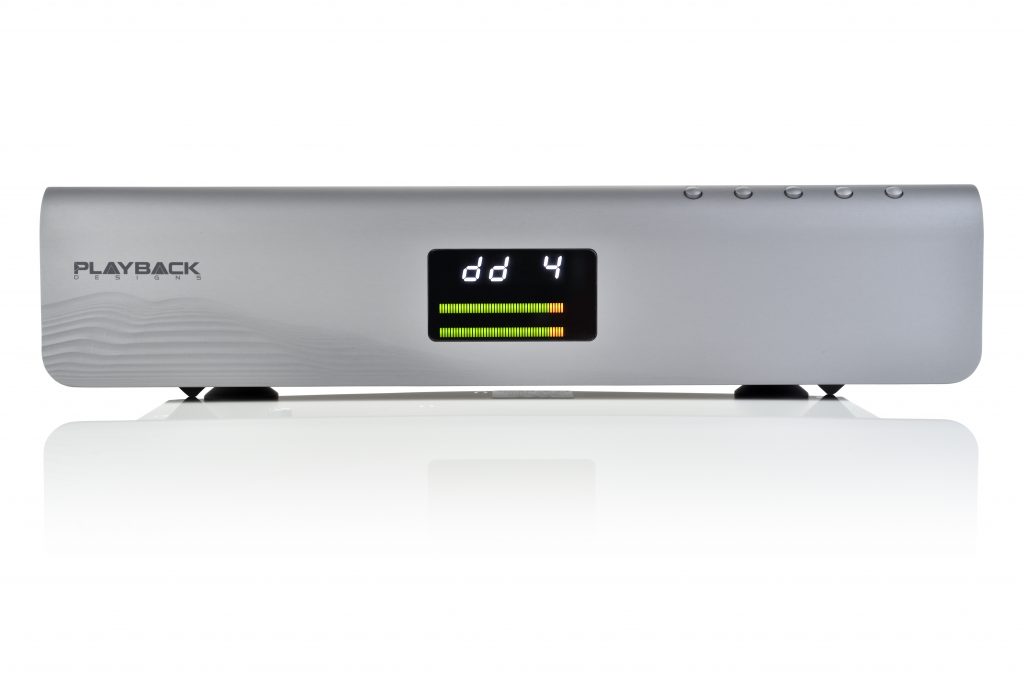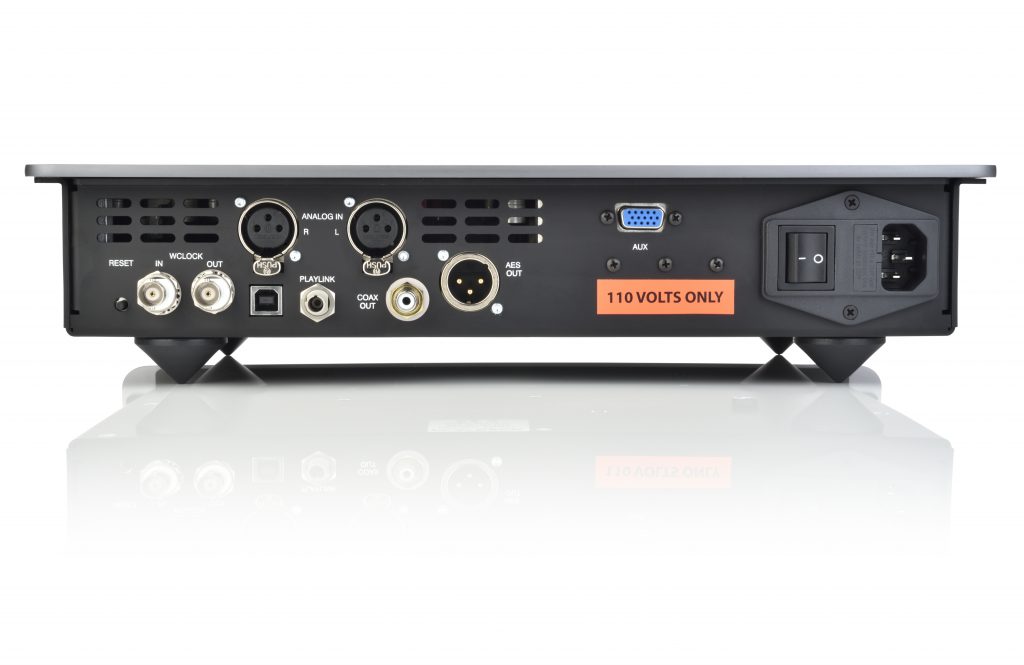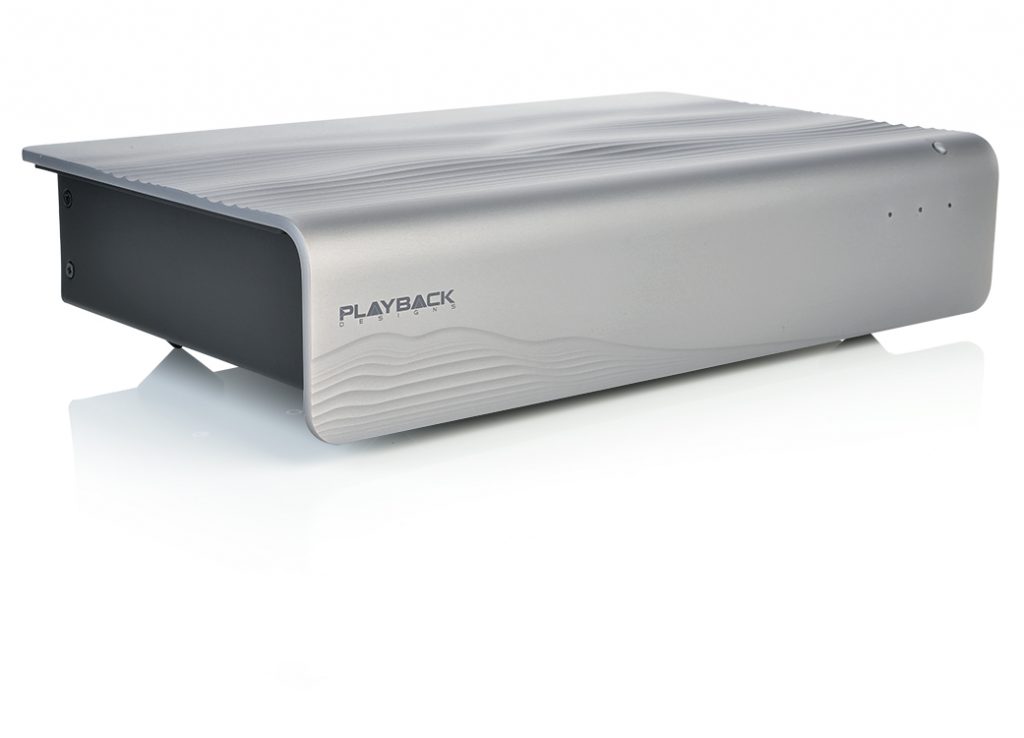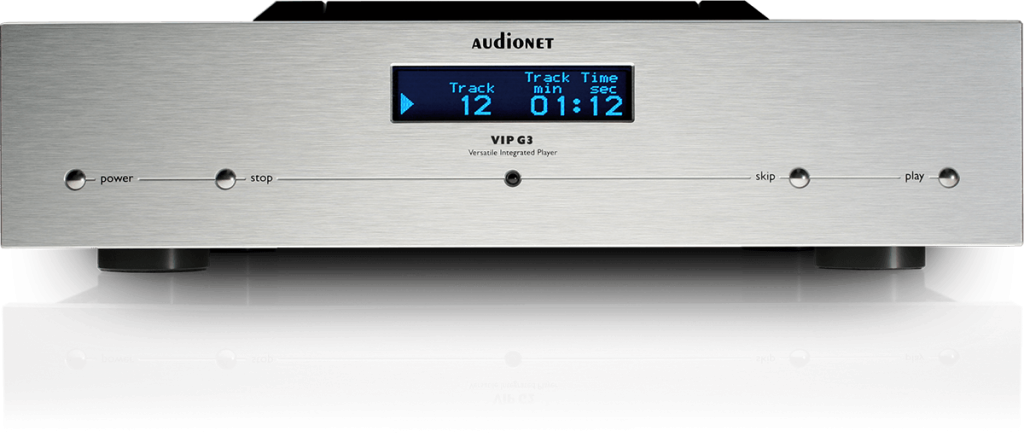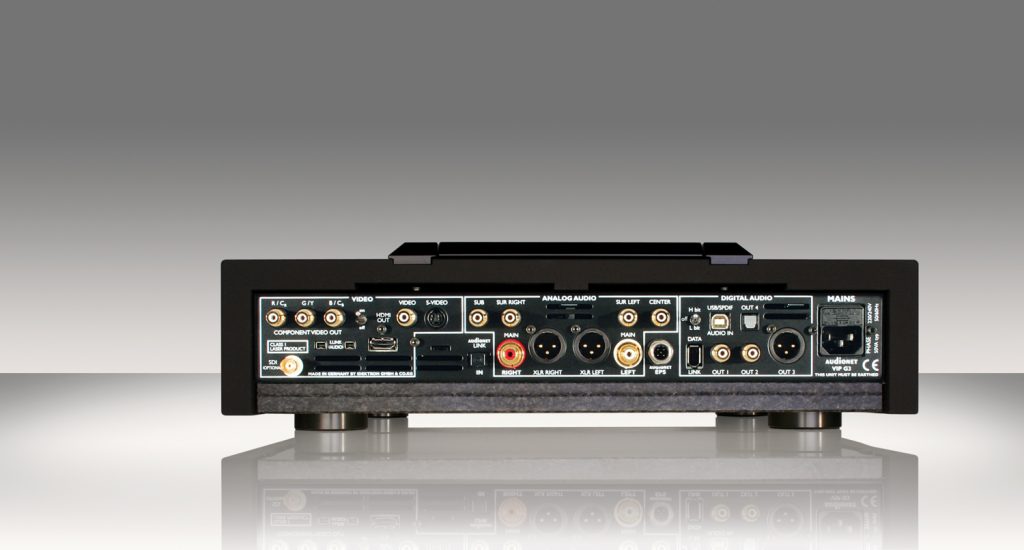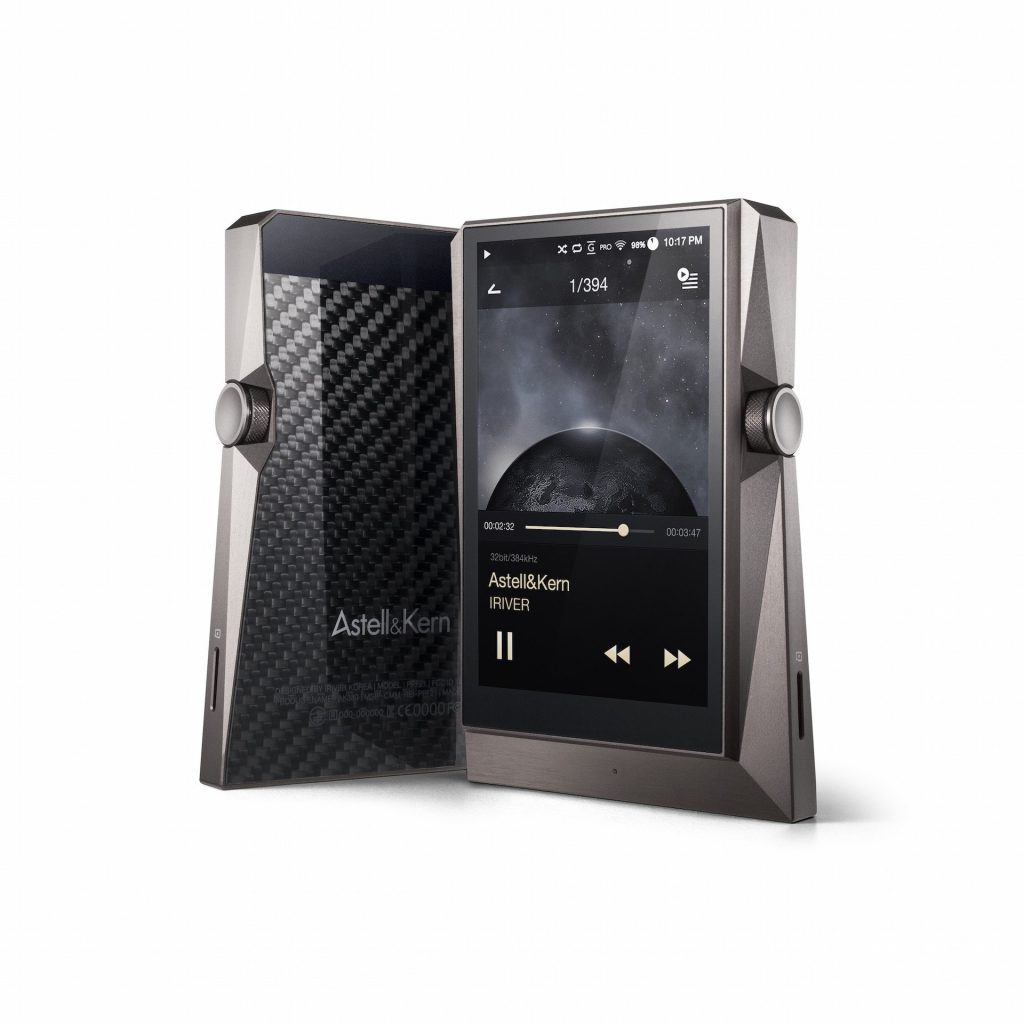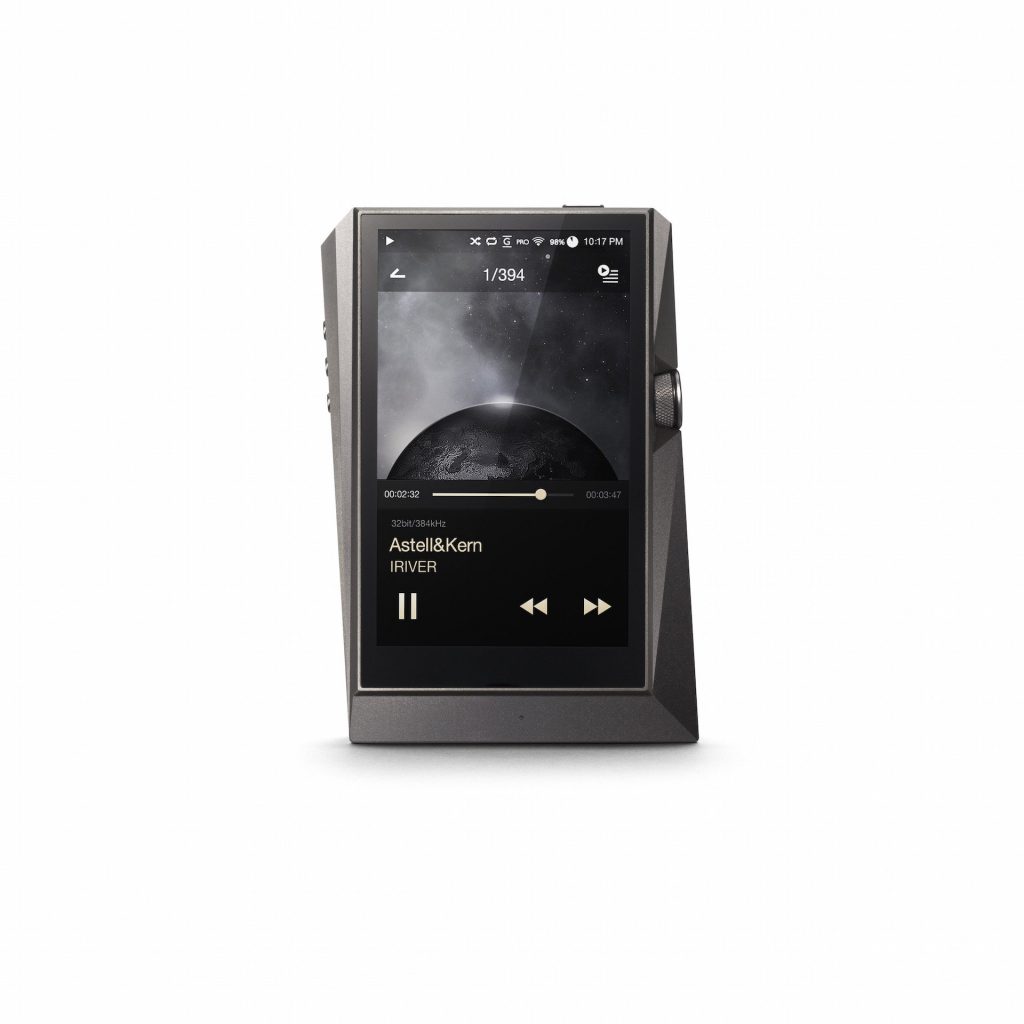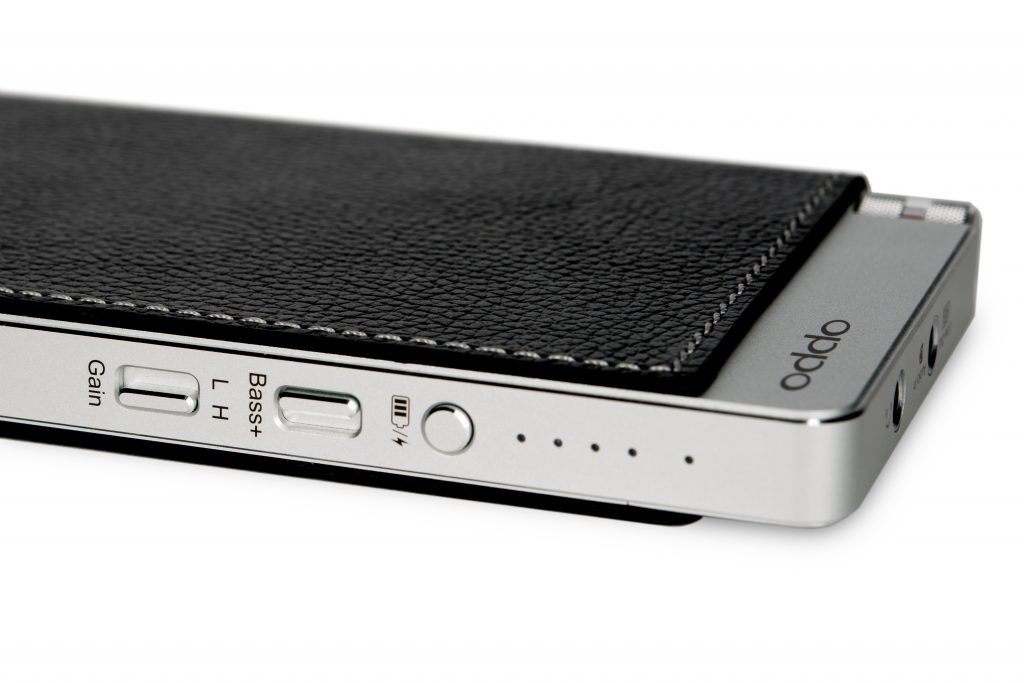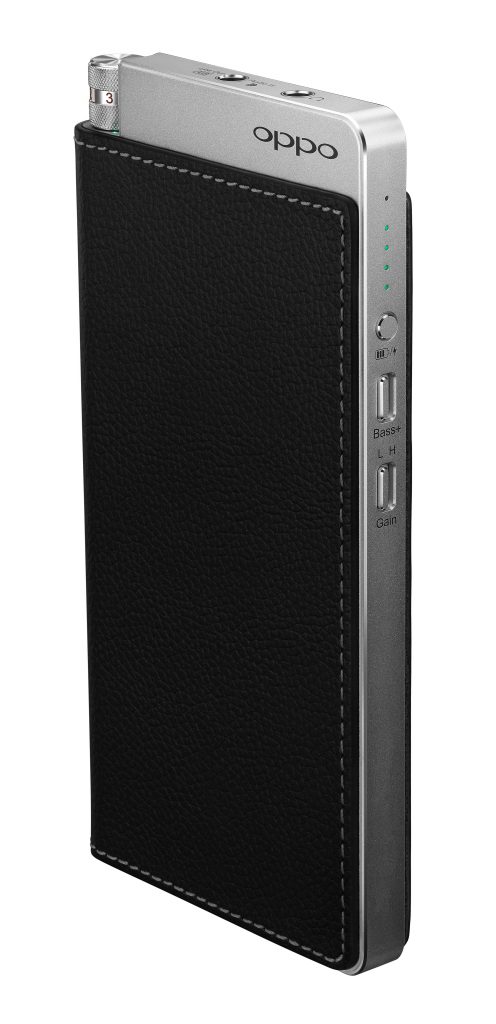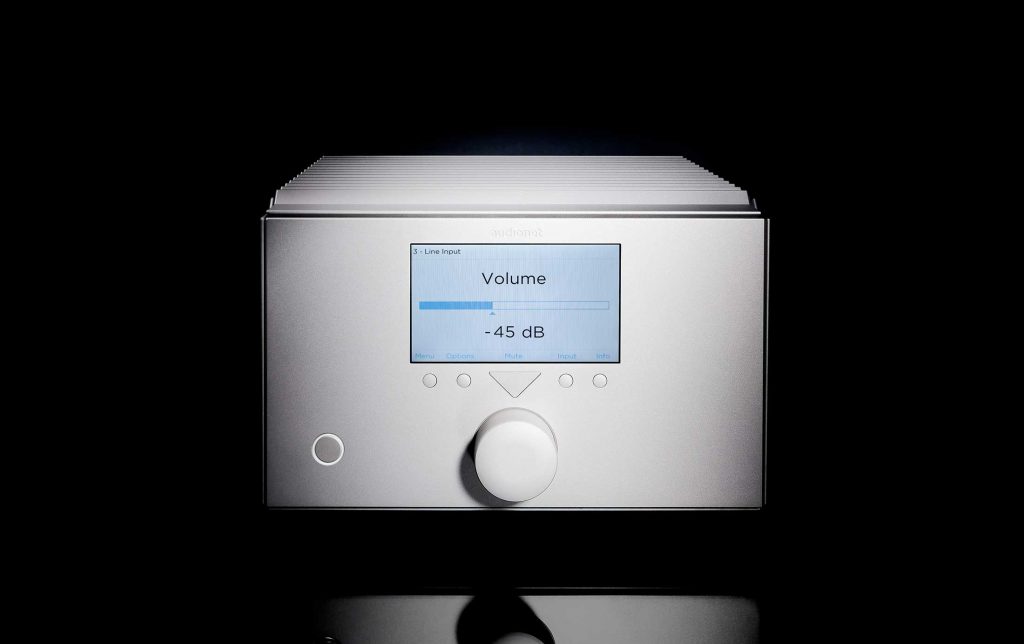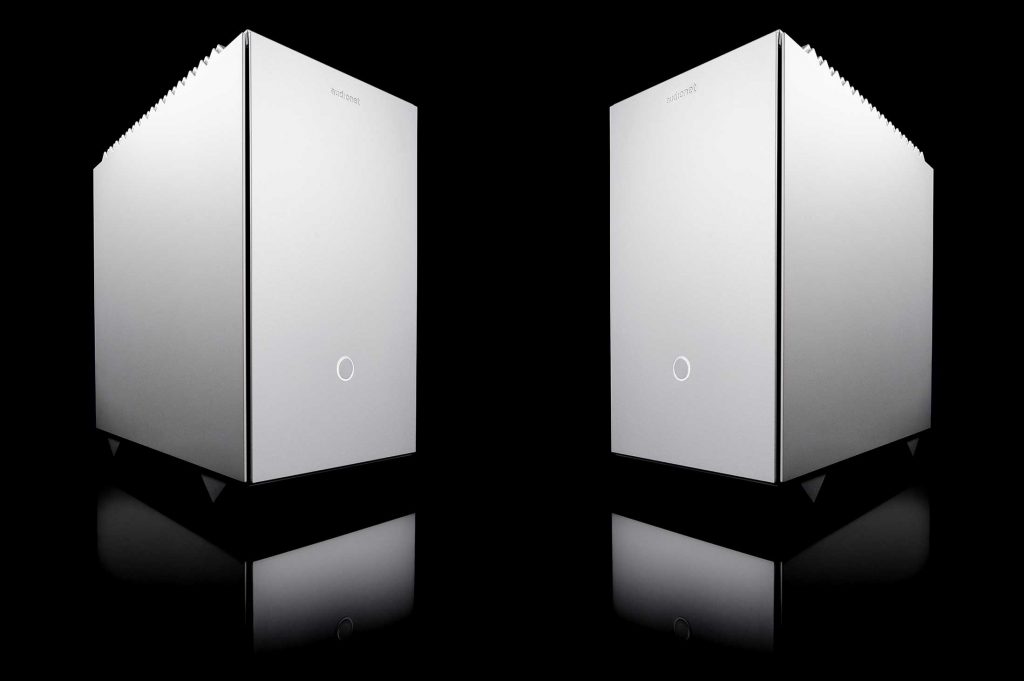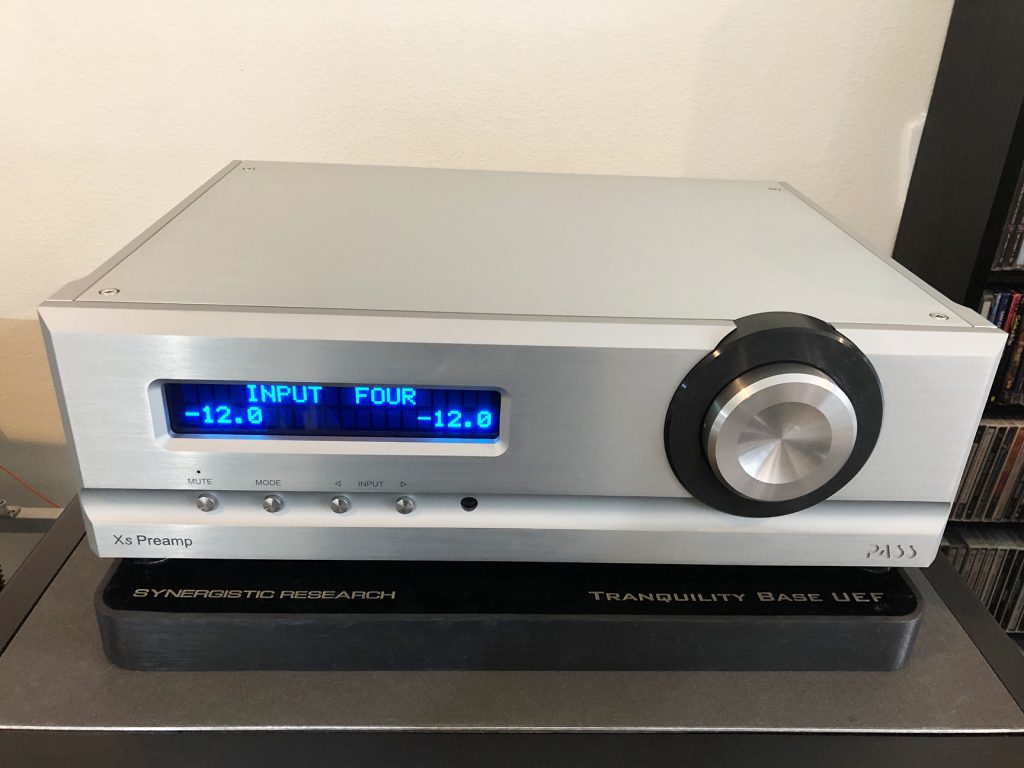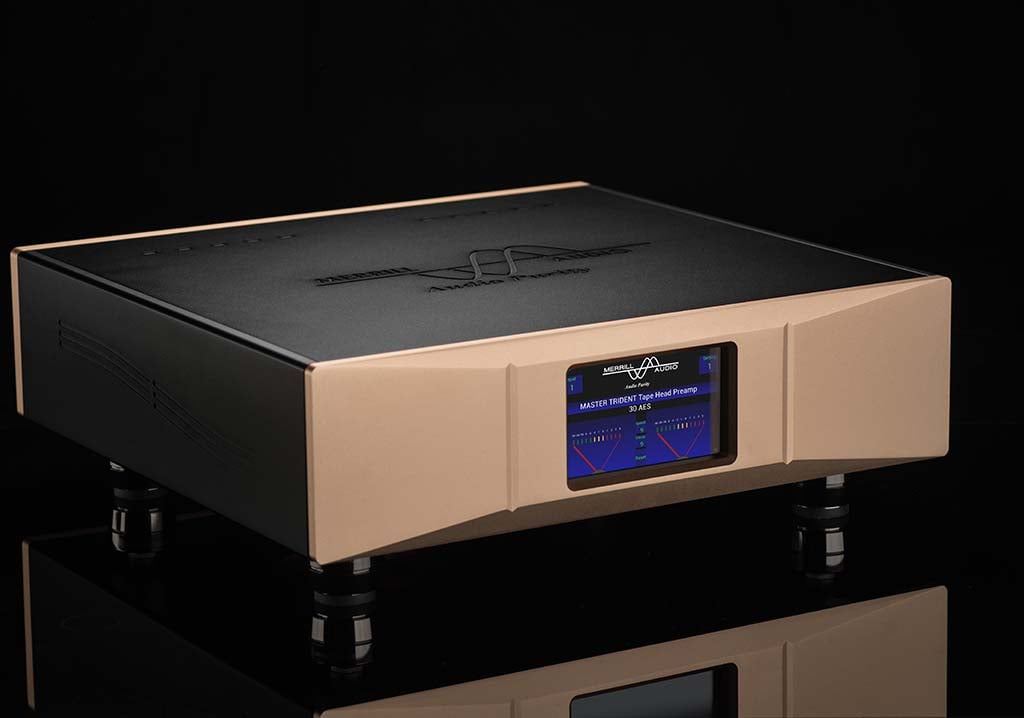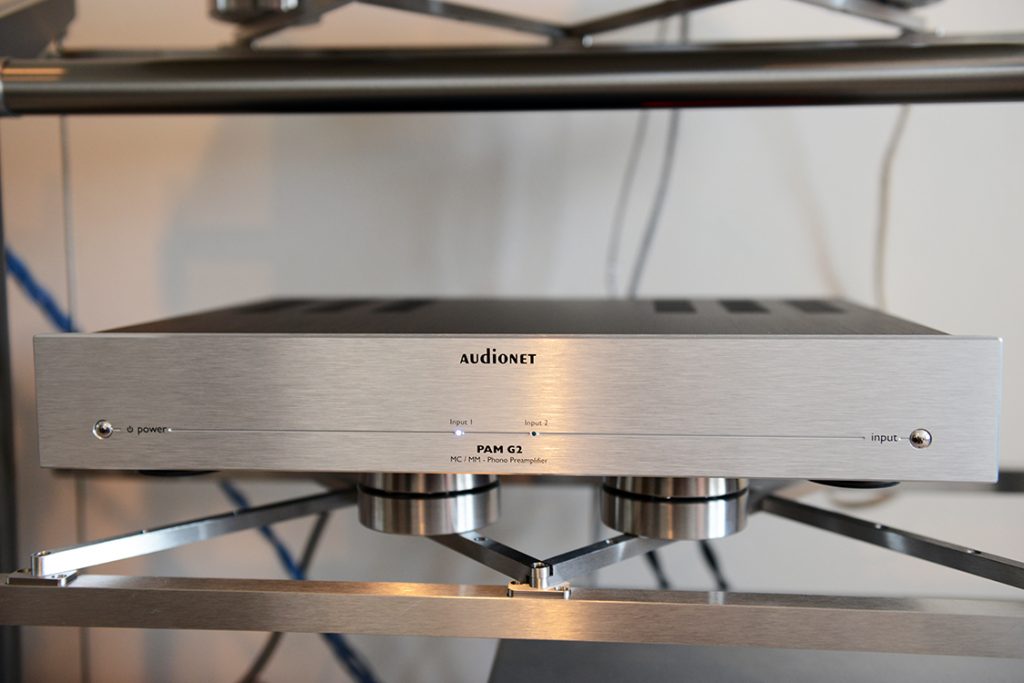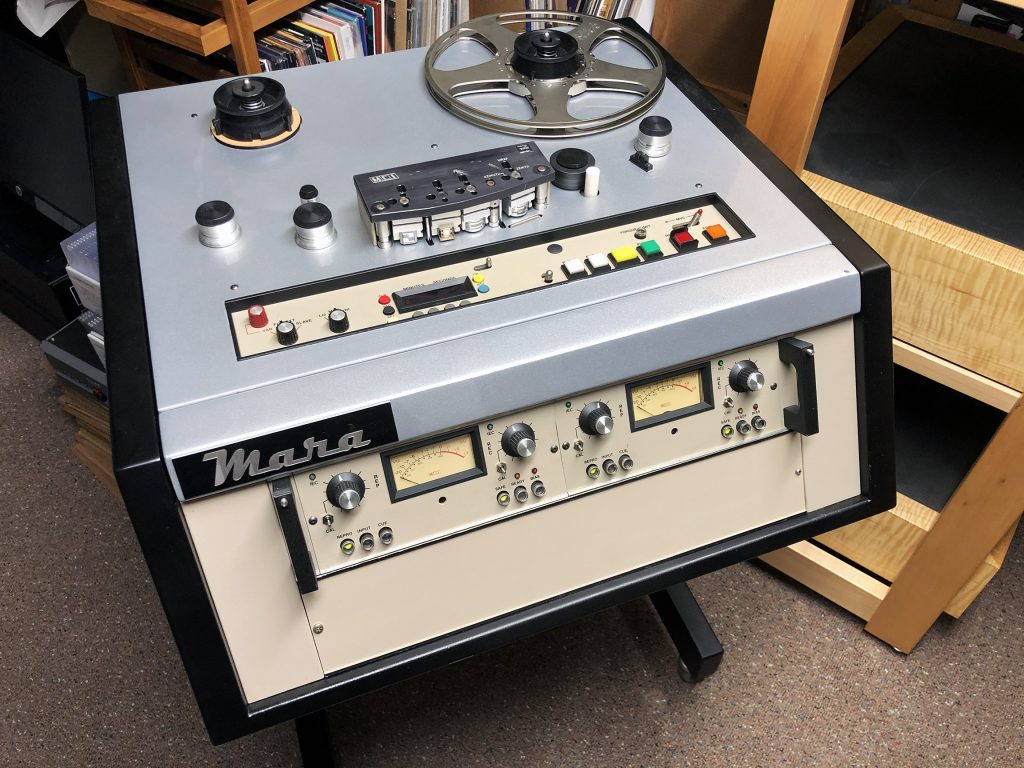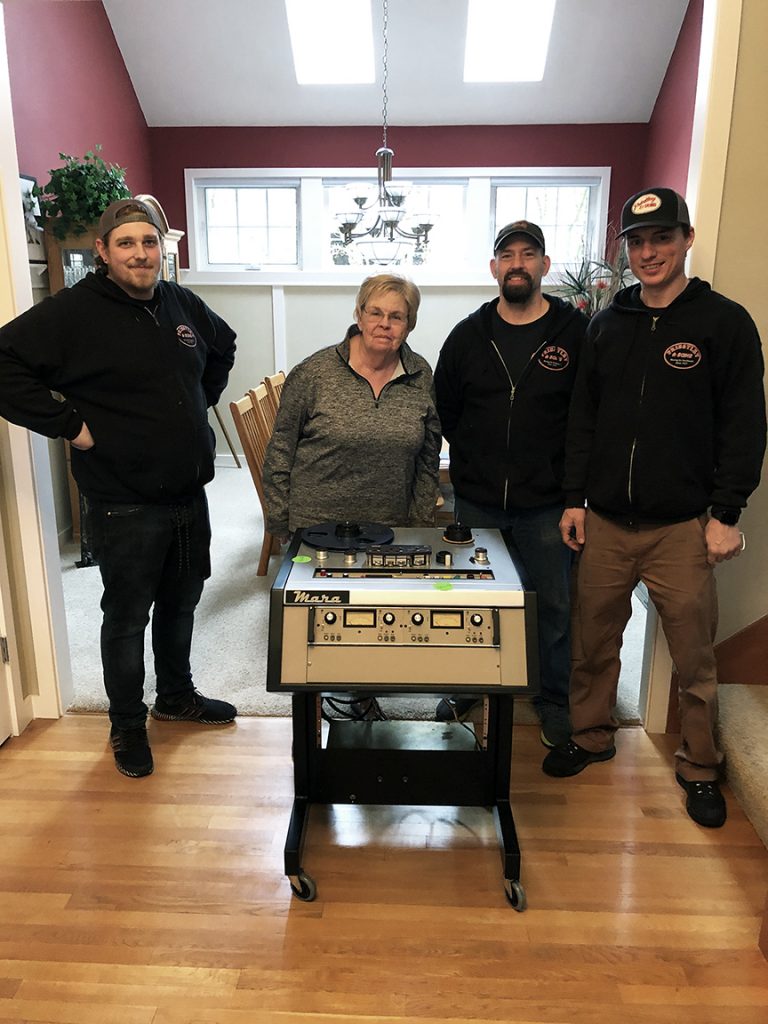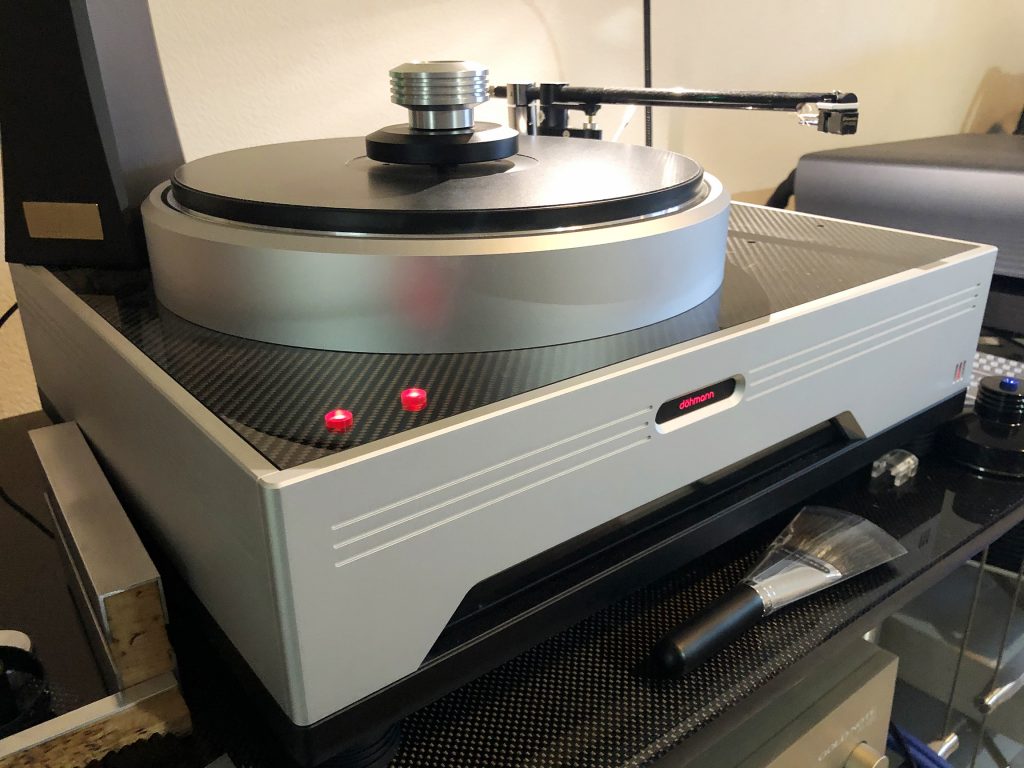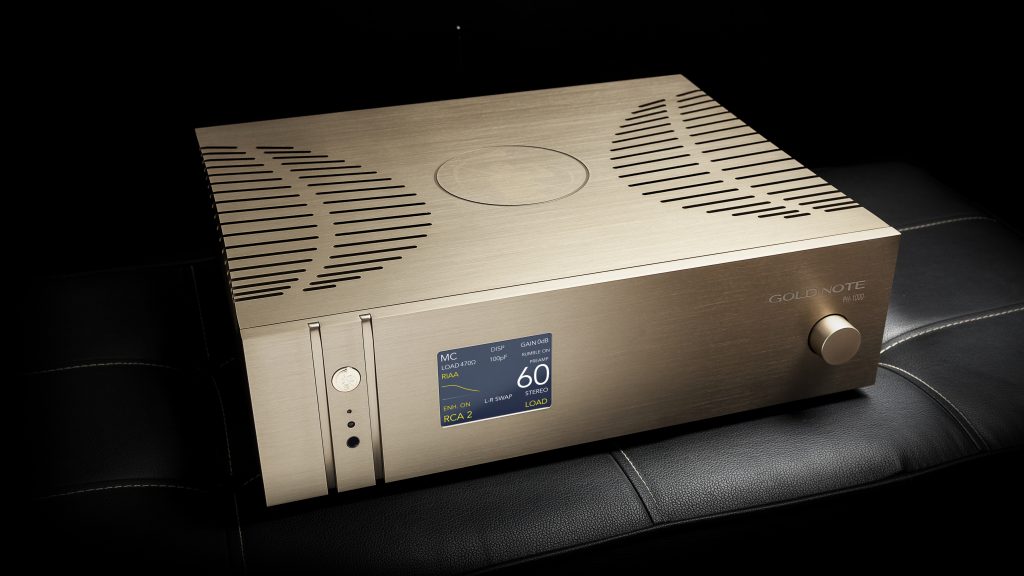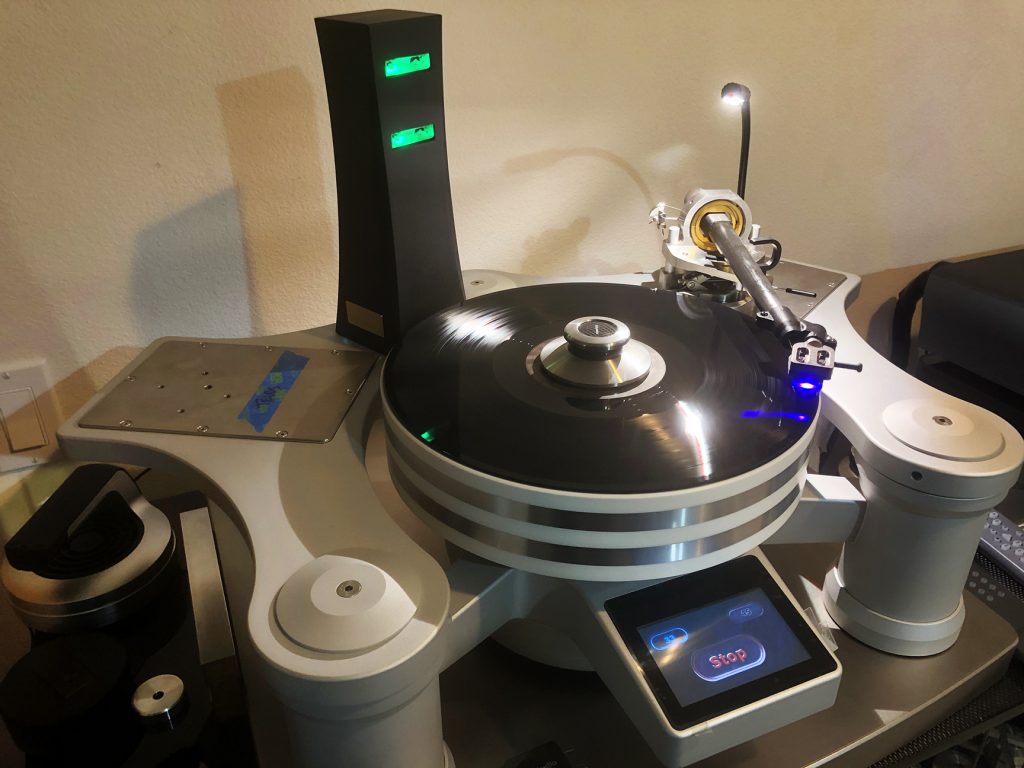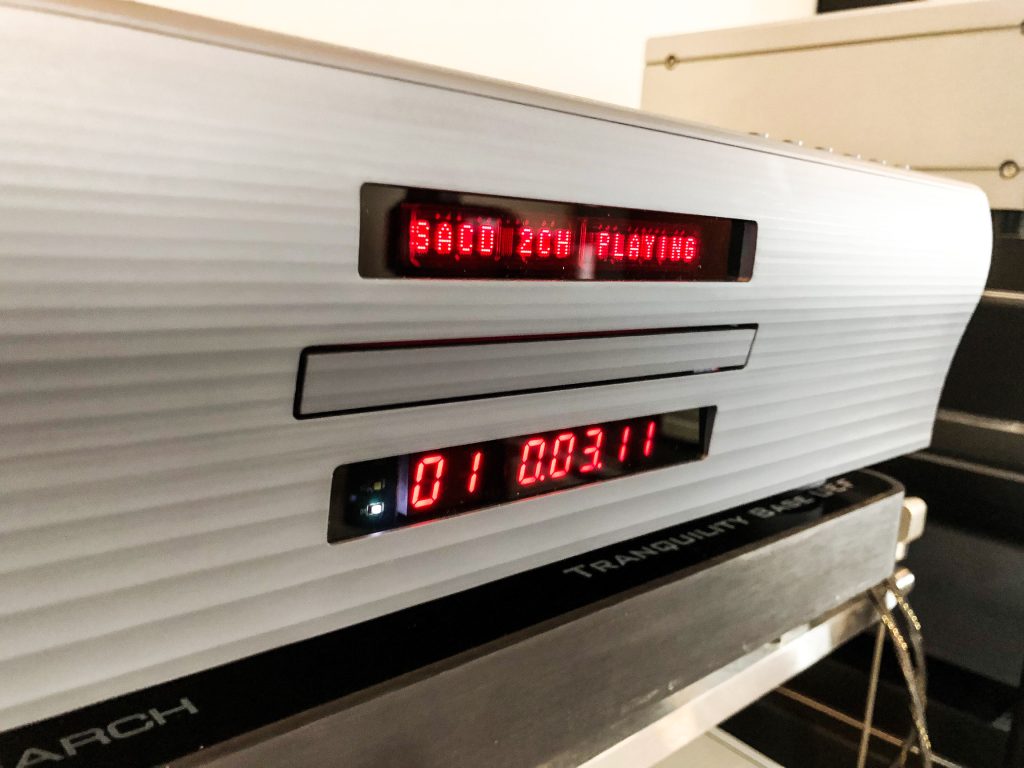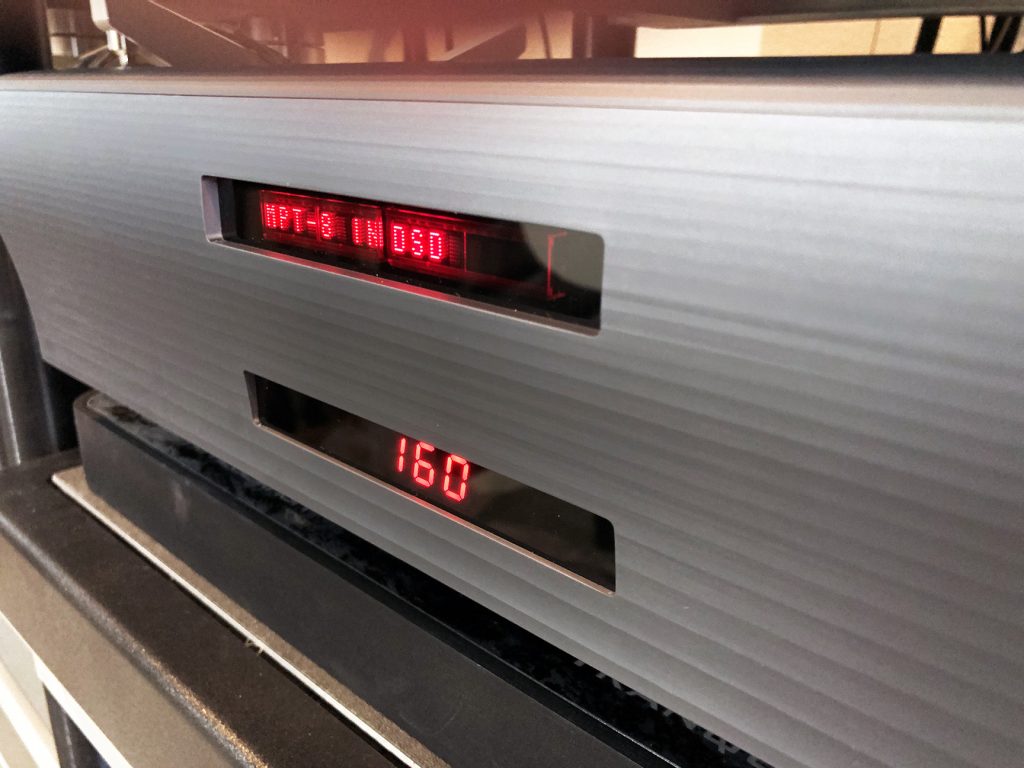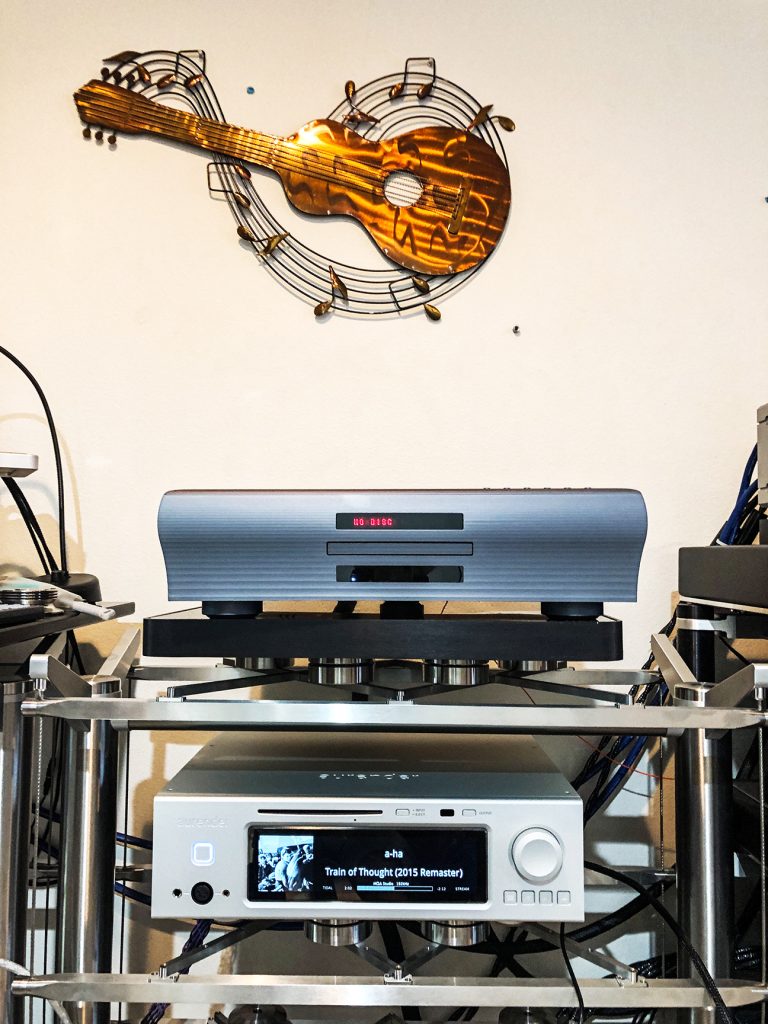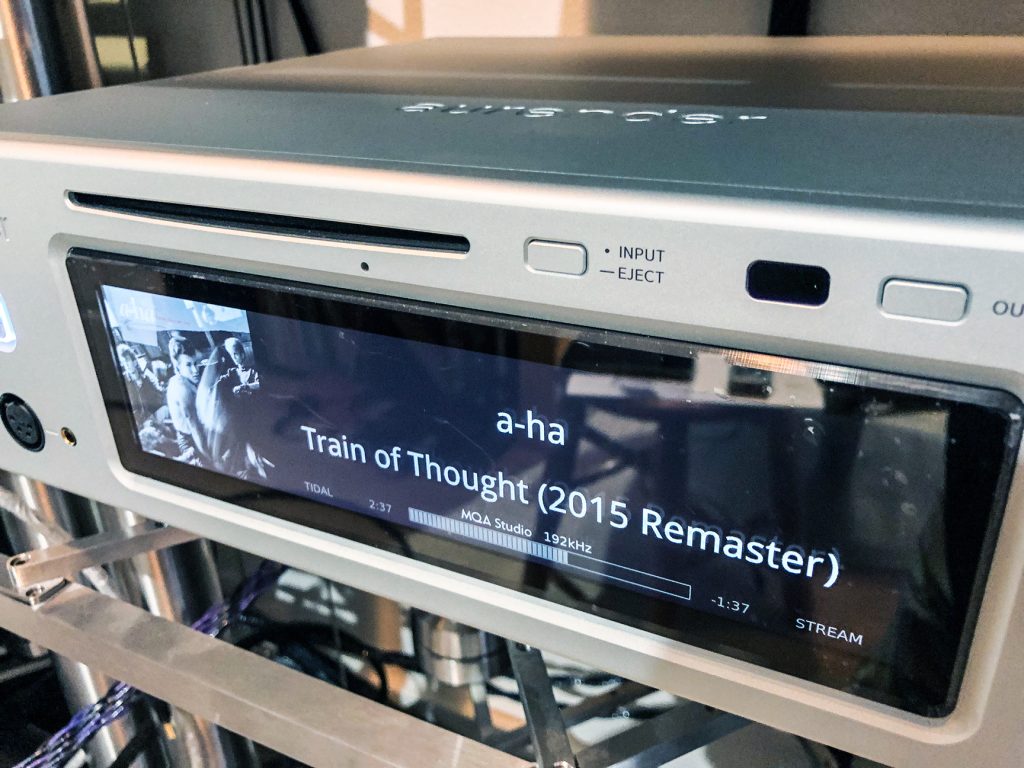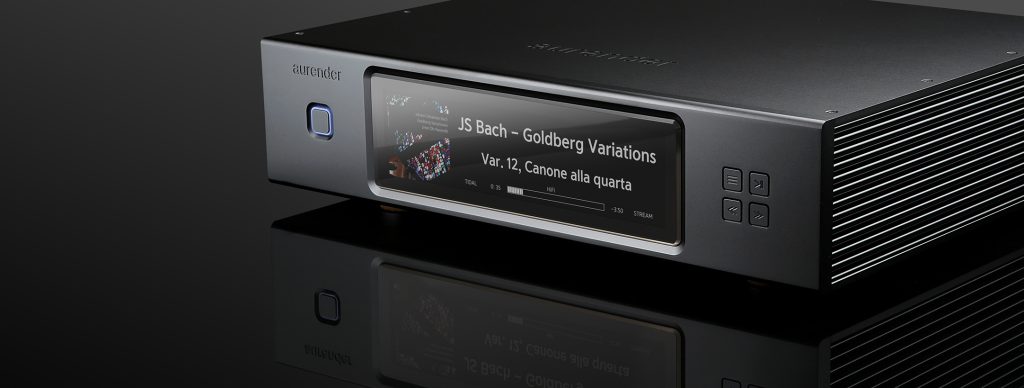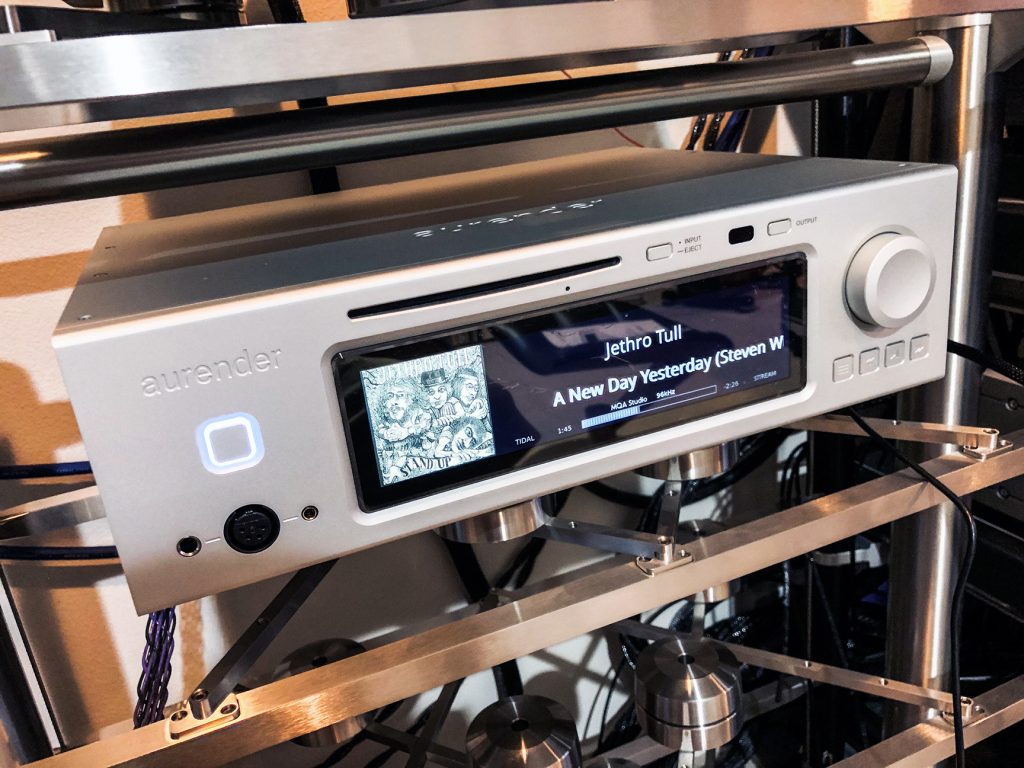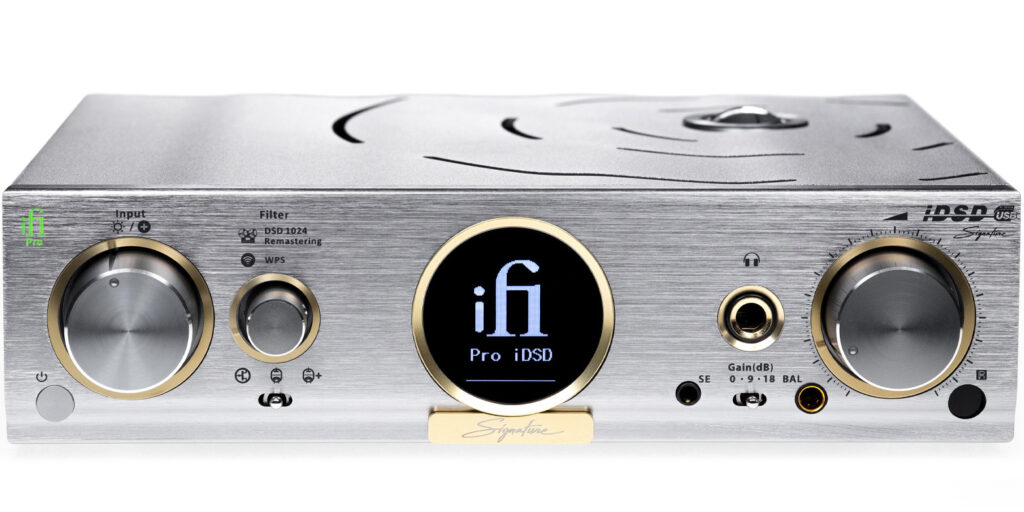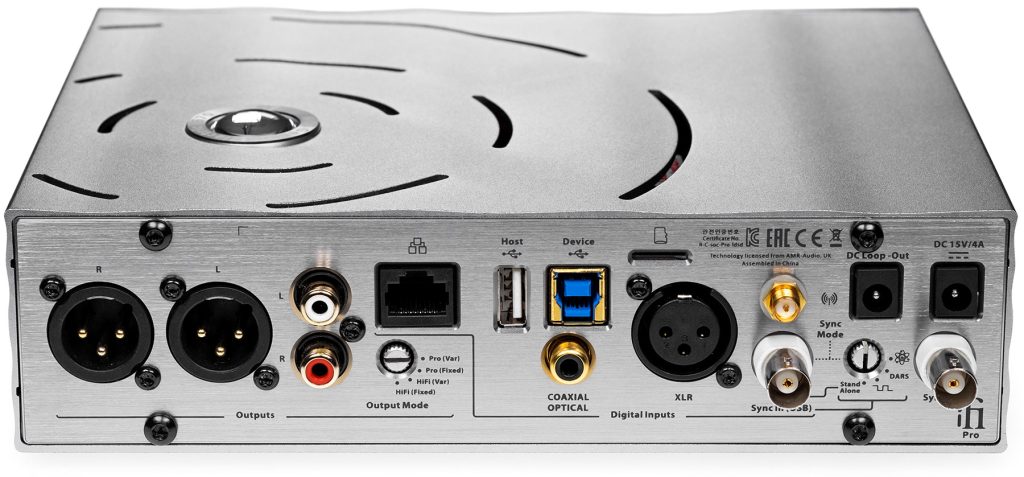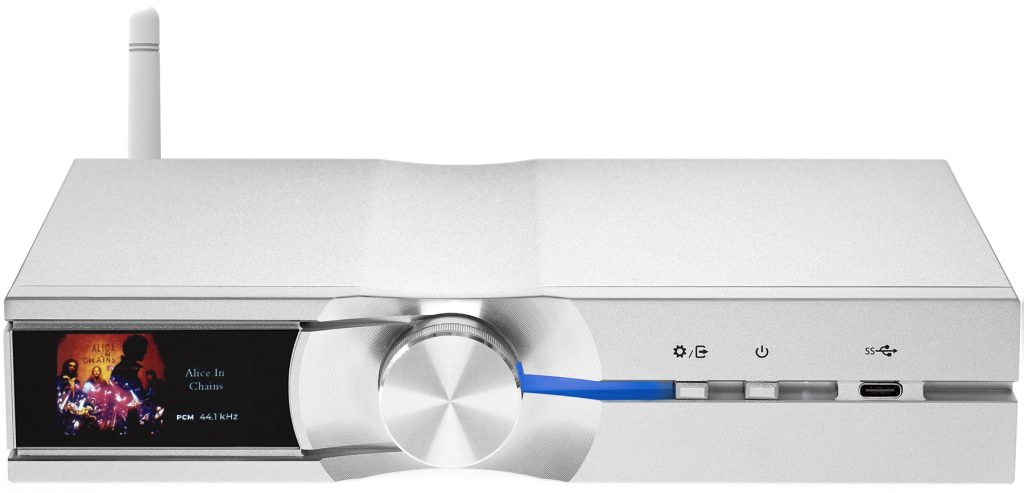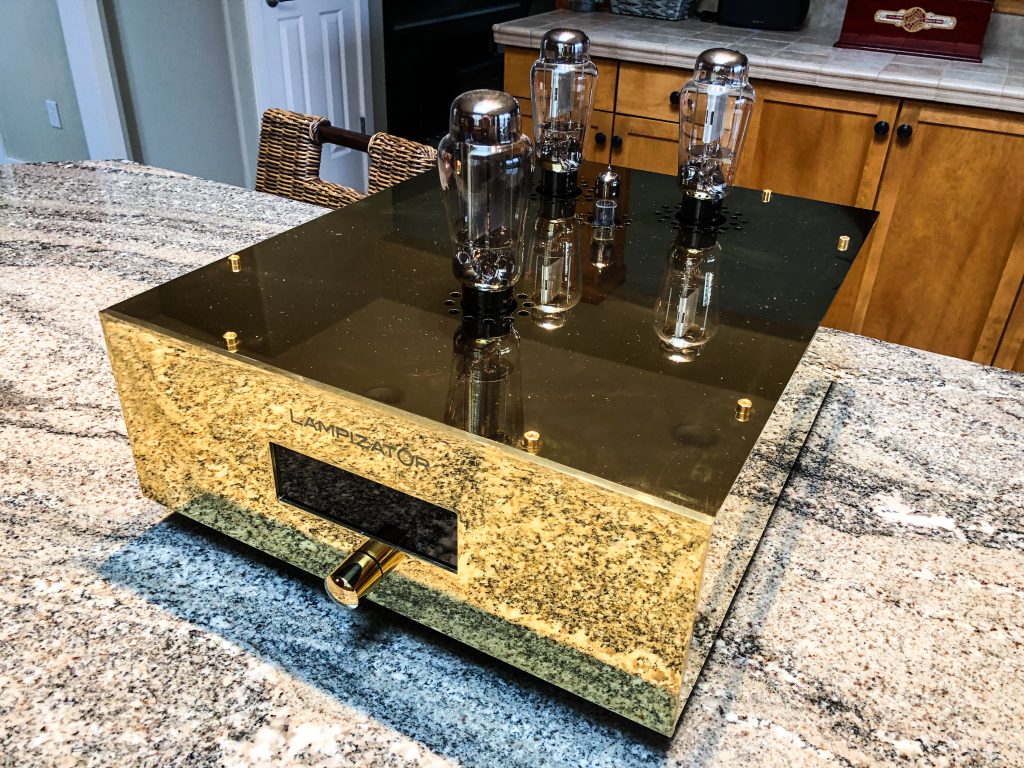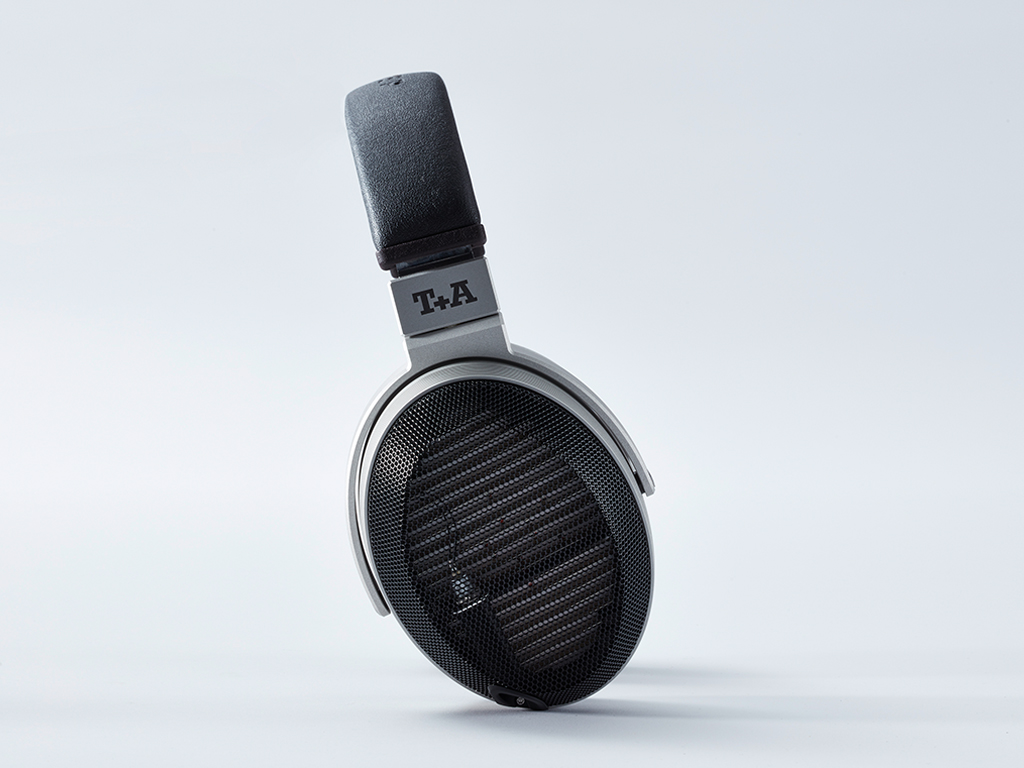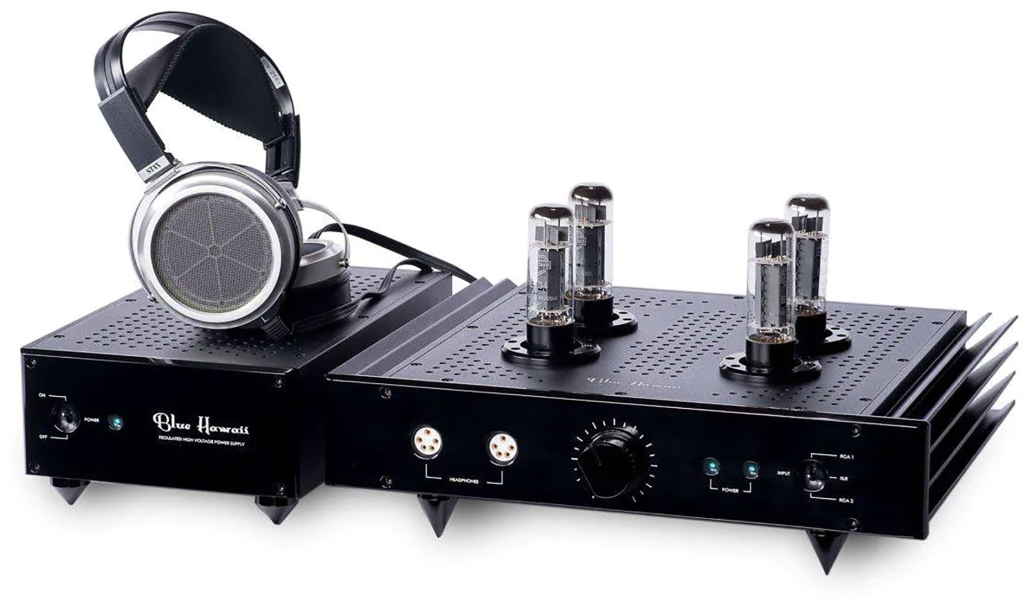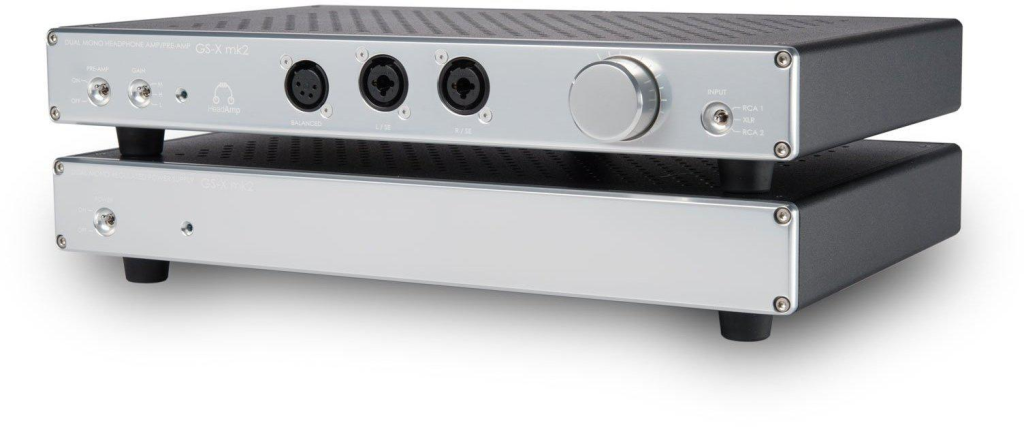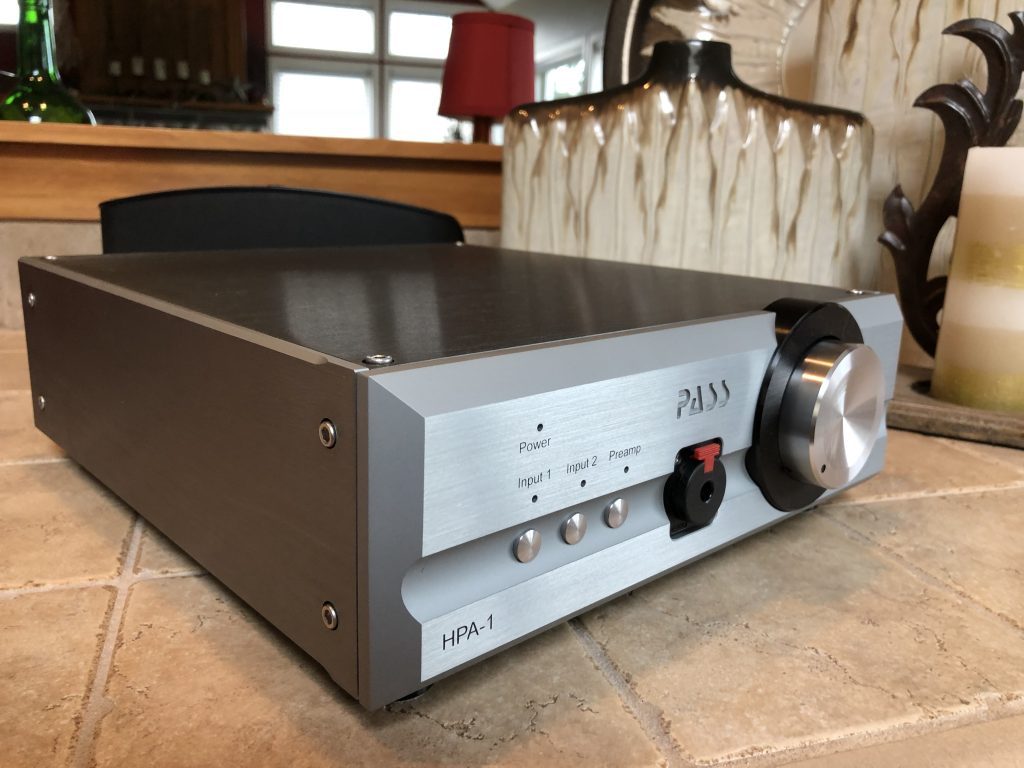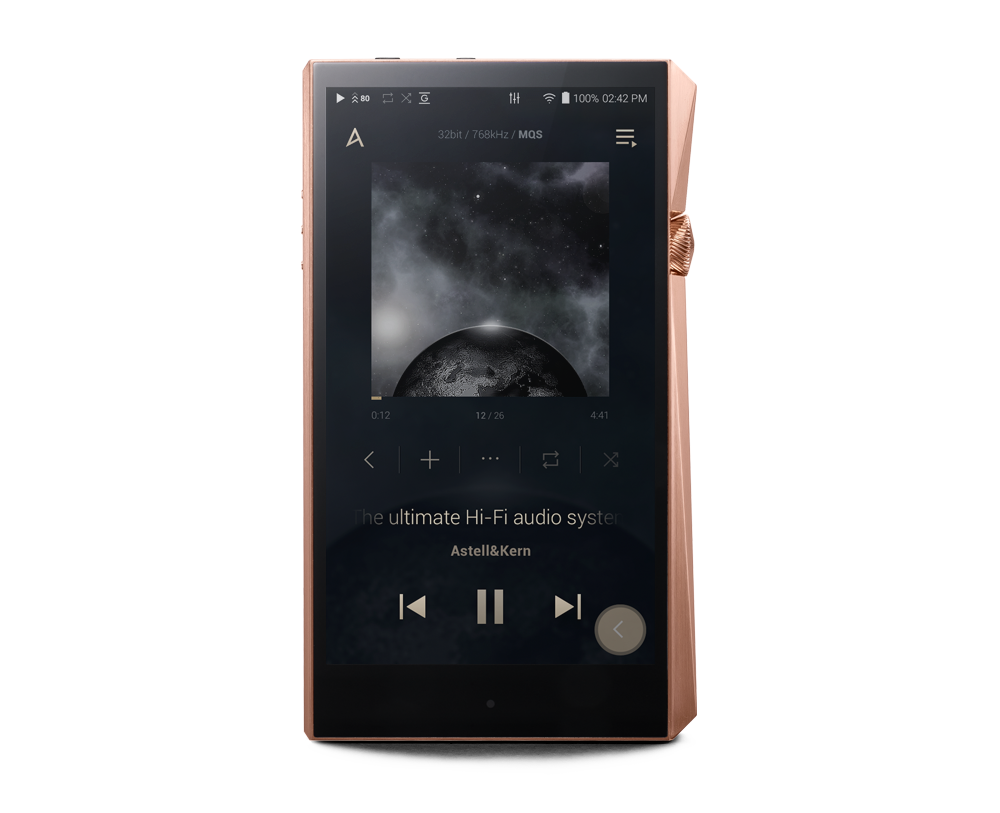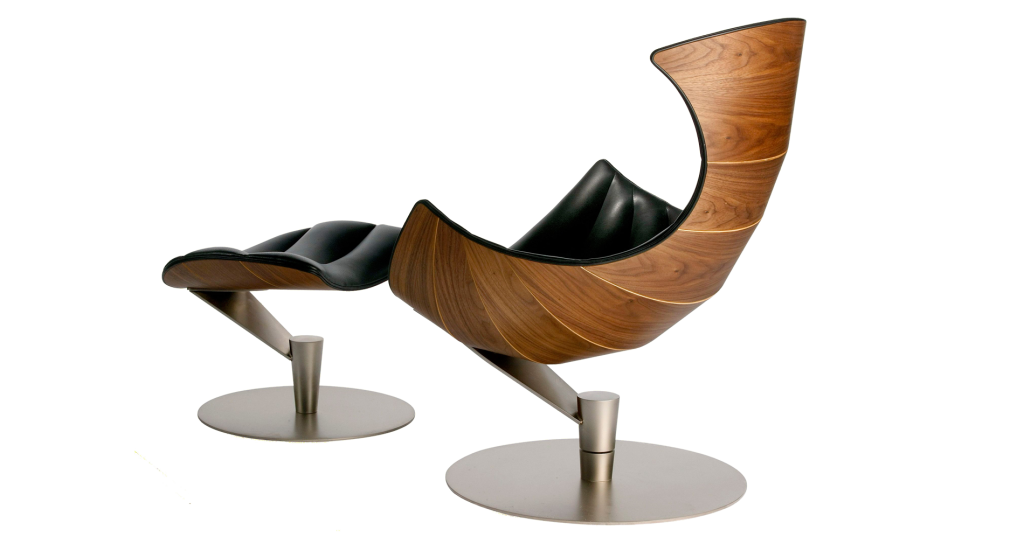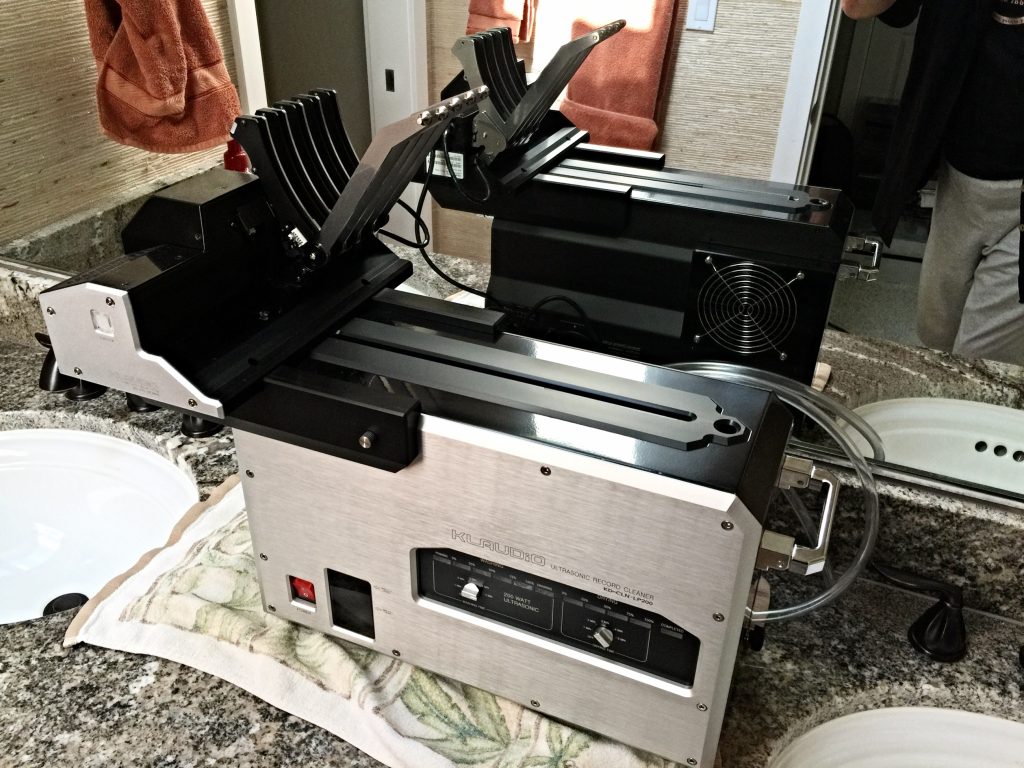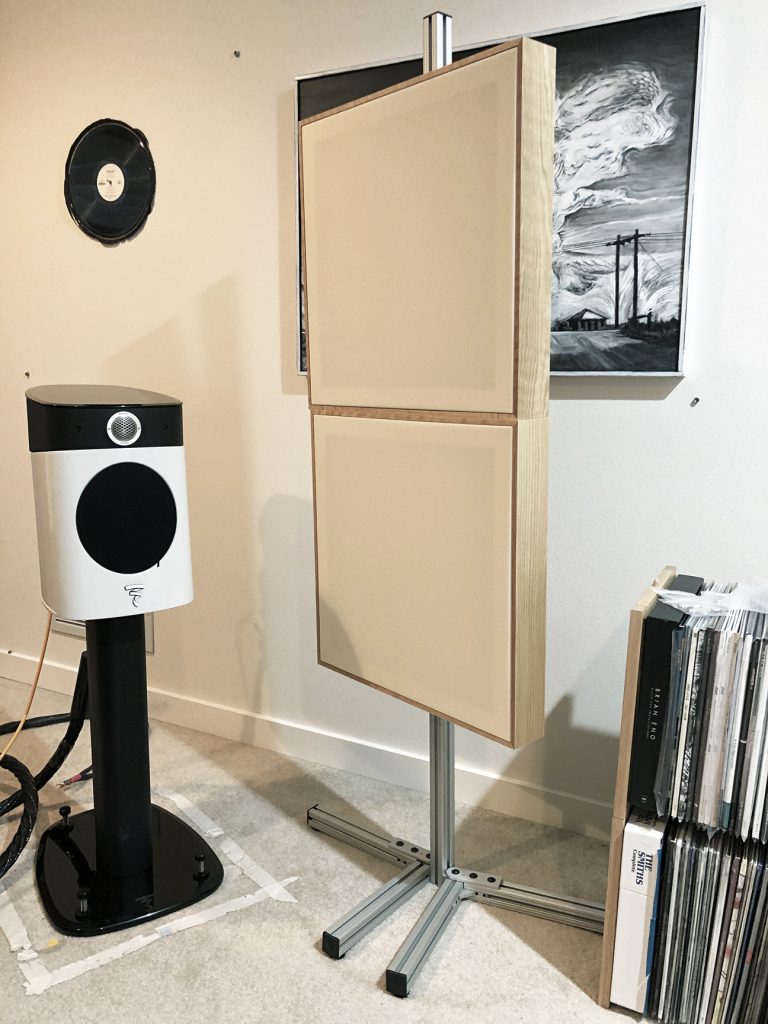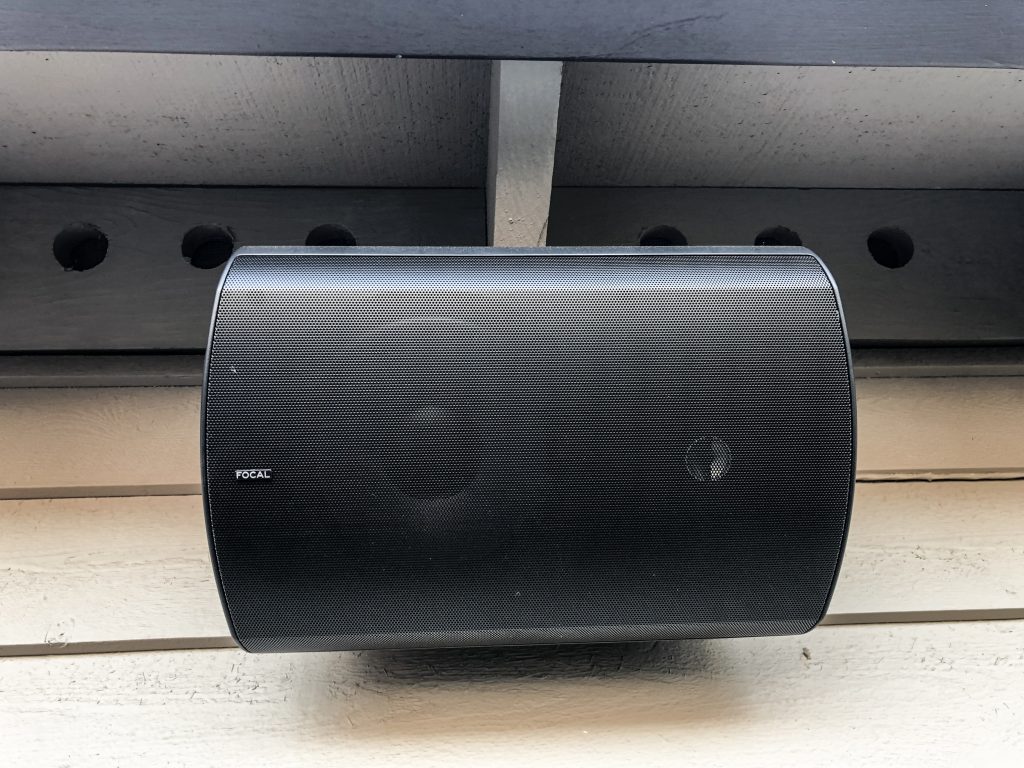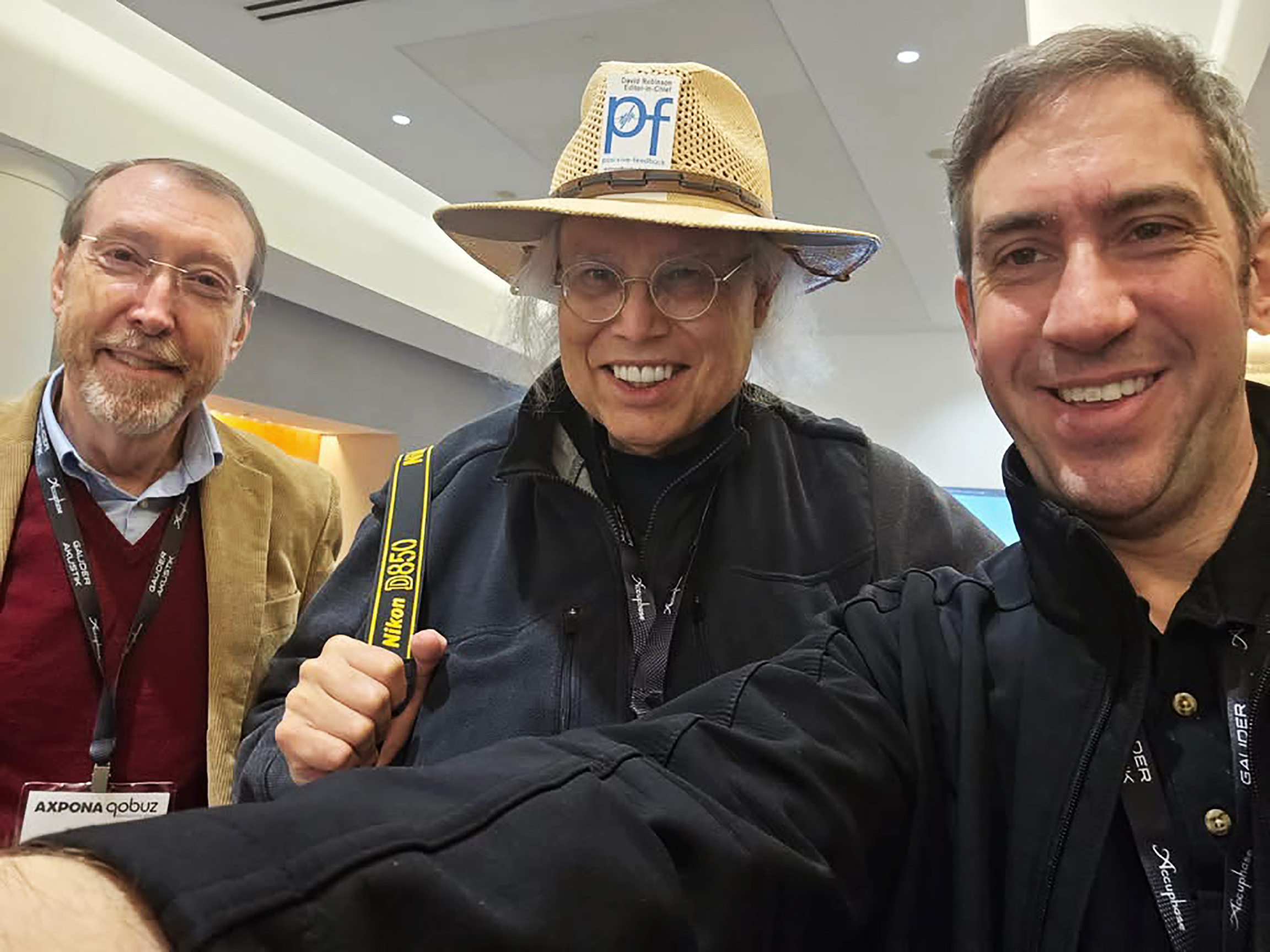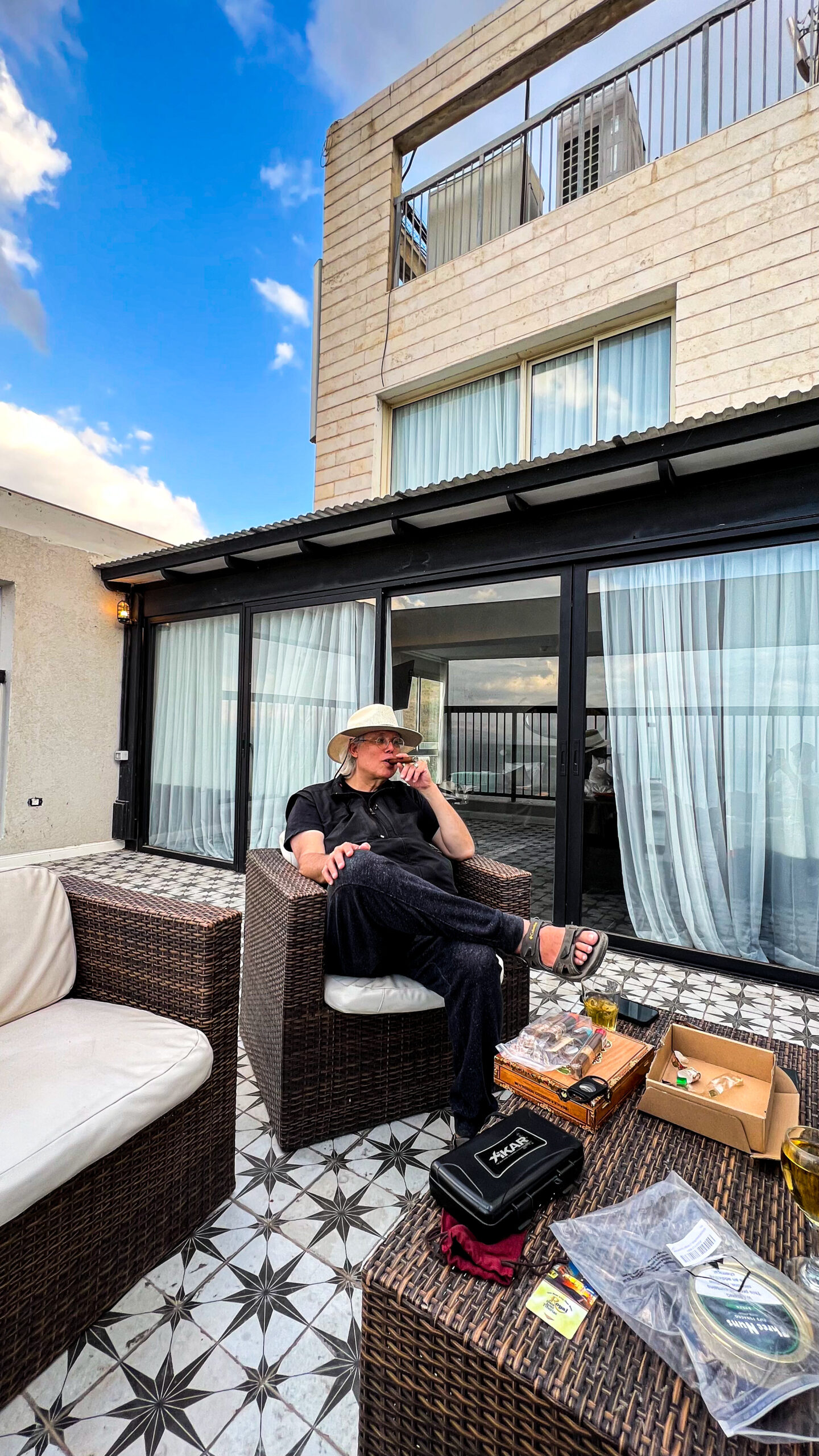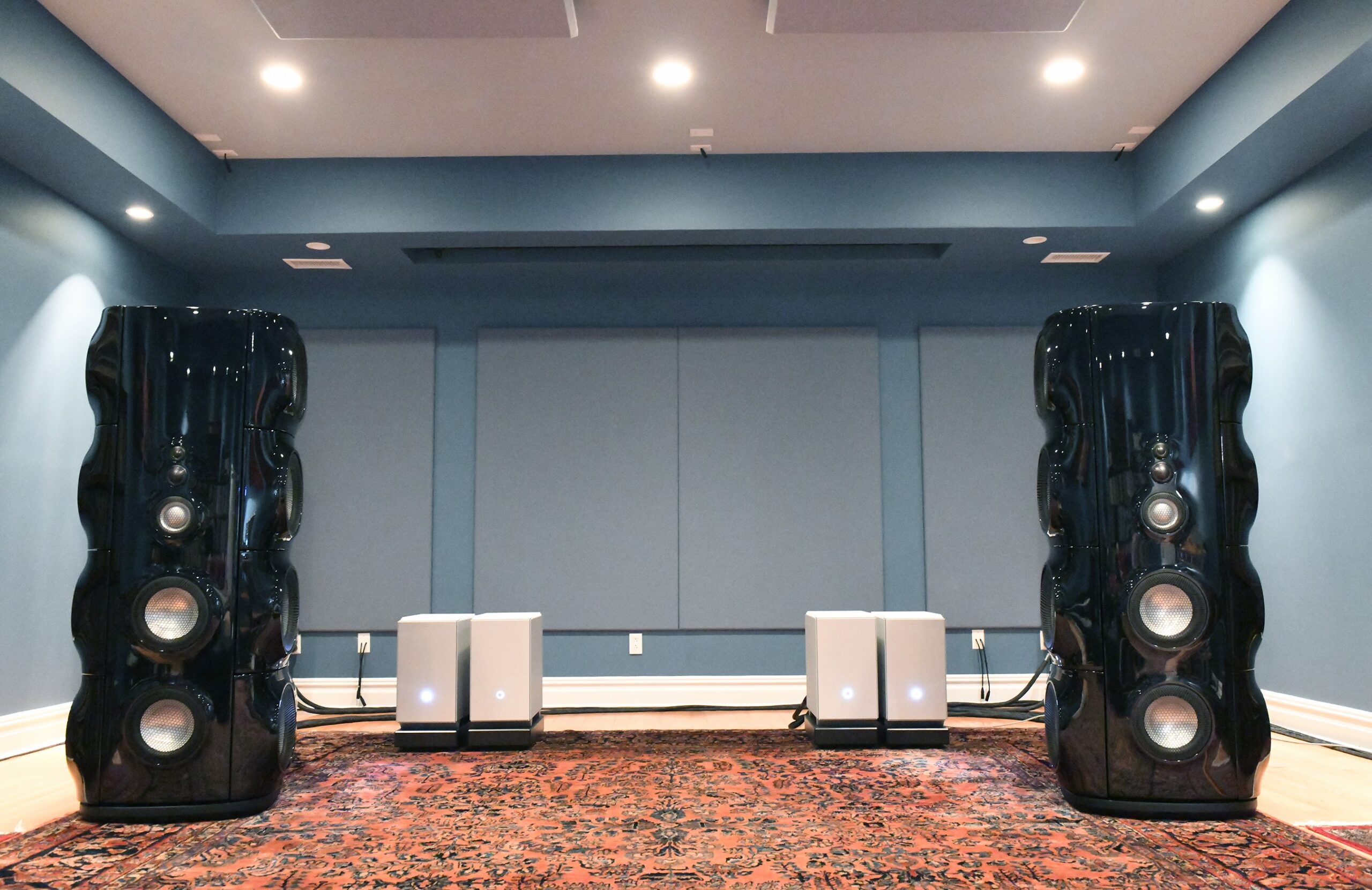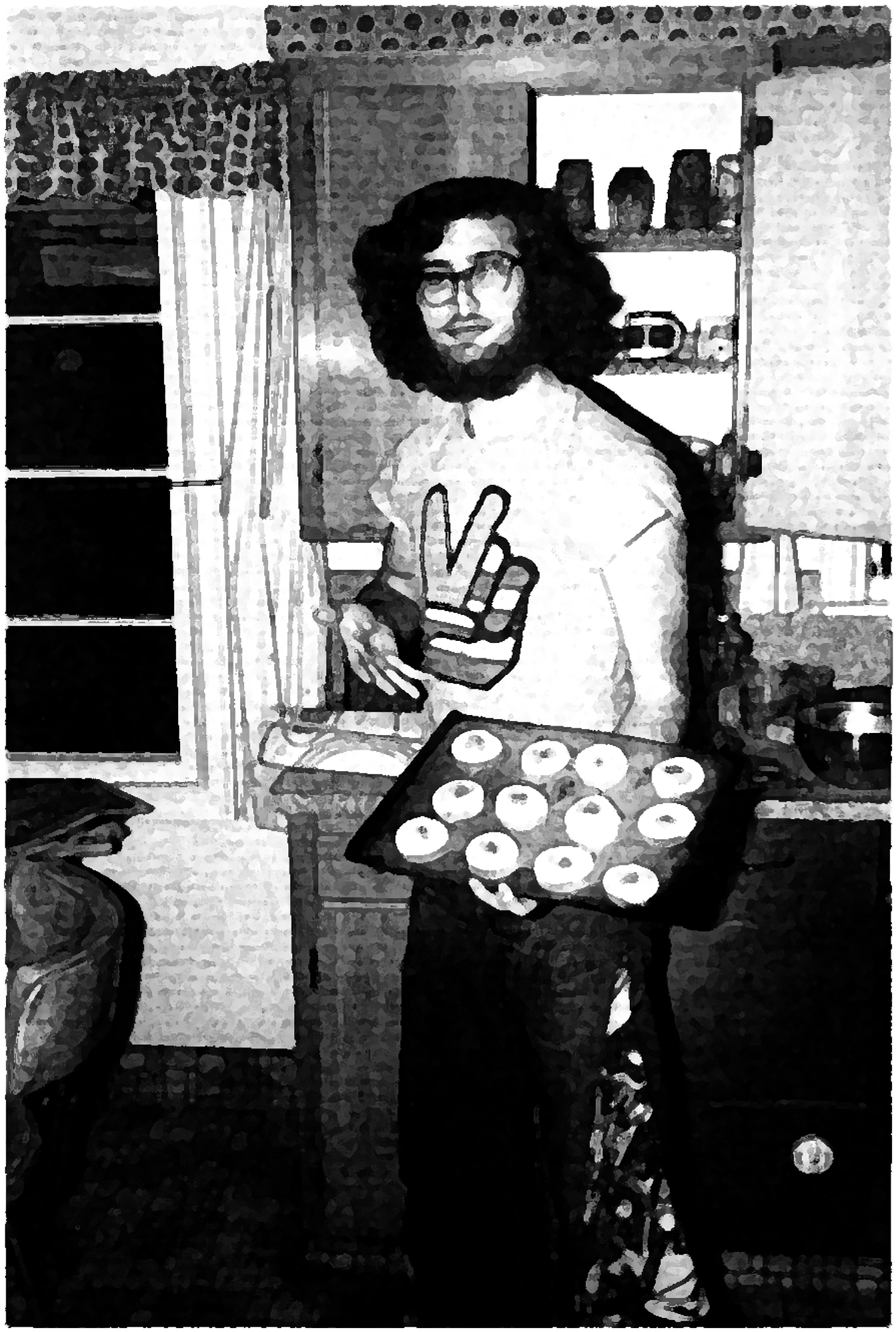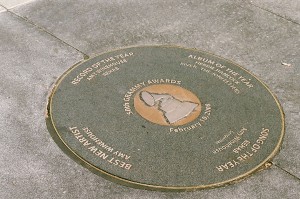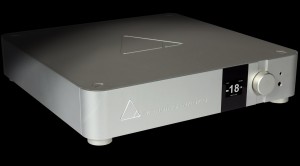Gather around, audiosports fans! It's that time of year again…Positive Feedback's Brutus Awards season. You can find Part The Second HERE and Part The Third HERE.
At the end of each year, my unindicted co-conspirator Dave Clark and I give our Positive Feedback awards. These are our annual "best stuff we heard this year" plaudits. No padding, crap, junk food, or meaningless drivel here: Just the righteous word!
As I said in Positive Feedback all the way back in Issue 10, December of 2003, when I announced the birth of the Brutus Award:
"We at Positive Feedback are going to have two main categories of annual awards. The first will be our Brutus Award. This will be recognition given to "the best and the brightest" products that we have experienced in various categories in a given year. In hardware, these will range from "best bang for the buck" to "the best period, and hang the expense!" designs. In recordings, we'll be paying tribute to the best that we've found in various formats. In addition, we'll have a "Lifetime Achievement Award" that will recognize individuals whose contributions to fine audio in various respects has been both superior and sustained.
All products that are so recognized by PF will be work that has been reviewed by us personally; no design will be recognized that we do not have experience with in our listening rooms. This means that you, our readers, may disagree with our selections, wondering why this or that component, recording or individual was not mentioned. Quite apart from differences in taste/opinion, the answer is simple: we won't be mentioning any design that we haven't spent time with in our own listening rooms. If a product does not win a Brutus Award in a given category, this does not signify lack of merit—we just may not have gotten to work with it. You're certainly welcome to write to us and bring worthy components to our attention."
That's what's behind Dave Clark's and my Brutus Awards over the past thirteen years now. The products that we recommend in these awards…together with our Writers' Choice Awards, published separately (HERE)…represent our take on "the best we've heard in our own listening rooms this year." I have separate show recognitions, my Audio Oasis! Awards, that deal with the best of what I hear while on the road at various shows.
Enough framework. On to my Brutus Awards for 2016, sorted by category, and in stages….
[All photographs courtesy of their respective companies, except as noted. Cartoon by Dan Zimmerman.]
Sources
Walker Audio Proscenium Black Diamond Level V Air Supply Upgrade
Walker Audio Procession Phono Amp, 2016 version
Walker Audio Black Diamond Component Crystals
Walker Audio Crystal Reference Record Clamp
The Walker Audio Proscenium Black Diamond Level V Reference Turntable with new Air Supply System (photograph and processing by Robinson)
Once again Walker Audio scores multiple Brutus Awards from me. Lloyd Walker and Fred Law have made an audio career of taking their exceptional design work and pushing it further and further. Every time that I think that Lloyd has reached the Promised Land, he gives me a call and says, "David, I've got something new! And you just ain't going to believe it!"
And you know, he's always right, without exception, in my experience.
This time around, Lloyd smacks another grand slam with four awards for some major new products and upgrades in 2016. He's provided a brand-new massive air supply system for the Proscenium Black Diamond Turntable that is far more capable than my old trusty-rusty model was. It is much quicker firing up, and once up, can hold the pressure on demand until you need it. A simple toggle switch on the turntable gives you "instant-on" air to the turntable.
The greatly improved Walker Audio Air Supply System for the Proscenium Black Diamond Level V Reference Turntable (photograph and processing by Robinson)
Also, the new buffer tanks and pressure splitter make it possible to Lloyd to apply more optimal pressure to the turntable and tonearm air suspension. The improvement in the sound was immediately apparent: better bass, more detail, better transparency, and an even deeper silence with our current reference, the exceptional Soundsmith Hyperion MI. I have the new unit exactly where my old unit was: In a media storage room next door, feeding air to the turntable system through our passive vent, which acts as a port for the room.
Killer in every way!
The latest version of the Walker Procession uses the same form factor as the old Procession, but the internals have definitely been tweaked and improved. This phono amp is a true "might mite," being one of the most compact phono amps that I know of, but its output is outstanding. Crystal clear, dynamic, detailed…and always intensely musical. World-class, and definitely in the first rank of phono amps.
Fred Law and Lloyd Walker of Walker Audio with the next-generation Walker Audio Proscenium Air Supply.
While here, Lloyd also installed his cham-peen next-gen crystals on our Walker Audio power cables, and also upgraded our Walker Record Clamp to a Walker Crystal Reference Record Clamp. Greater quietness and clarity was the result.
Exceptional results, and worthy of the foursome of my Brutus Awards that I've given them. With the Soundsmith Hyperion MI cartridge, this is real top o' the heap performance in LP playback.
Playback Designs Sonoma DSD Stack
Merlot Quad DSD DAC
Pinot Quad DSD ADC
Syrah Quad DSD Music Server
OpBox digital-to-optical converter for the Oppo Digital BDP-103 SACD/CD/Blu-Ray/DVD Audio Transport
Here's another grand slam of Brutus Awards, only this time in the digital domain…especially DSD. Andreas Koch needs no introduction to those familiar with the DSD format. He was one of the key developers of DSD and SACD from the days of Phillips and Sony's grand project until the present. His work with DSD has focused on the use of FPGA rather than off-the-shelf chips since the launch of Playback Designs and its much-praised MPS-5 SACD/CD player.
With the Sonoma stack, Andreas shifts to a comprehensive configuration of designs that deliver the entire range of capabilities that an audiophile might need. The modularity of the Sonoma Stack also allows a person to pick and choose what they need, according to their requirements, without having to purchase unnecessary elements.
The Merlot Quad DSD DAC
The Merlot Quad DSD DAC ($6500) is Andreas' latest assault on the state-of-the-art in DSD conversion. It's simply extraordinary, adding more of the effortless transparency, naturalness, and holographic presentation that Playback Designs is already renowned for. DSD out to Quad DSD (256fs) and PCM to 384kHz/32-bit is supported.
The Pinot Analog-to-Digital Converter (ADC), front view…
…and rear view.
But he's added to it his Pinot analog-to-digital converter (ADC, $7500), which allows for the conversion of analog inputs to DSD (up to Quad DSD, or 256fs) .DFF as well as up to 384K PCM .WAV files. Using a very simple free application, the Pinot allows users to do tape transfers and needle drops directly to digital. Having done this, I can say that the Pinot is spectacular…a Merlot in reverse!
The Syrah Quad DSD Music Server
The Syrah Music Server ($6500) provides a LAN-based solution for digital audio that works quite nicely with our Windows 10 network here, with 2TB of internal storage. It can be hooked up directly to the Merlot Quad DSD DAC for tightly integrated performance, but also supports other DACs. It has an iPad/Android app that allows for convenient remote control of your music, via a Media Center-like interface, with some special extensions that add helpful functions. Streaming is supported by way of DLNA.
I have fallen in love with its performance, and really enjoy the Syrah's ability to connect seamlessly with the Merlot and the rest of our audio network here. What a treat to have music serving happening at this level of excellence! Naturally, the Merlot DSD DAC brings out the best in the Syrah.
All three of these units are attractively styled, are surprisingly compact, and look great in all settings.
Finally, the OpBox adapter ($1895) for the Oppo Digital BDP-103 universal player allows for extremely high quality playback of optical discs: SACDs, CDs, DVD-As, and supported audio files burned to disc. The OpBox, an option board for the BDP-103, takes the signal feed directly from the optical heads, bypasses the internal boards, replacing them, and routes them via fiber optical cable to the PLink input of the Merlot DSD DAC. In effect, the Oppo is simply providing transport and read services for the OpBox to route to the Merlot DAC. Me, I use it almost exclusively for SACDs, although I can also use it for our relatively small library of DVD-As. CDs sound much better via the OpBox/Merlot connection; Playback Designs has always been a wizard with turning the sow's ear of Red Book PCM into the silk purse of DSD. The sound of SACDs is simply fantastic via the OpBox/Merlot Quad DSD DAC combination.
There is simply no question that Andreas Koch's Sonoma system provides world-class performance and very intelligent modularity, allowing audiophiles to pick-and-choose the specific configuration that they prefer. The Sonoma stack is worthy of a Brutus Award, as are its individual components, all of which excel.
Done!
Audionet VIP G3 SACD/CD Player
Back in 2014, Audionet was my surprise discovery of the year. Each of the components in their reference line…the PAM G2 Phono Amp, the EPX Power Supply, the PRE G2 Preamp, and the MAX Monoblock Amps…was extraordinary, and the combination, exceptional.
This year I was looking for a stand-alone reference-grade SACD player that could handle the more than 6000 SACDs that we have in our music library here. As SACD lovers know, finding a true reference-grade SACD transport can be a bit of a challenge; only a handful of companies produce the products, despite the fact that new SACDs are released every week. Last time I checked, there were somewhere between 8,000 and 10,000 titles that have been produced, though a number of these are out of print.
I recently had an opportunity to address this need with an Audionet design, the VIP (as in, "Versatile Integrated Player") G3. This is a top-loading SACD/CD/DVD player (no Blu Ray) with a special magnetic stability puck to hold down the disc. DSD is handled in that domain; no bogus conversion to PCM is used. Built like a typical Audionet design…that is, like a tank, with exceptional precision and stability…the VIP G3 looks like its siblings in the Audionet line, with brushed silver face and a dark gray body. Courtesy of Bill Parish of GTT Audio, I soon had a sample unit.
As we have it now, cabling is the Dynamic Designs powered AC cable, with Skogrand Beethoven RCAs for the analog out. Since it has the option to use the Audionet EPX Power Supply, a truly scientific piece of work, and not cheap, I added that to the mix. The EPX is placed on a set of Stillpoints Mini SS Isolation Feet, with a Skogrand Beethoven Power Cable. I placed the VIP G3 on a Walker Audio Prologue Amplifier Stand for isolation and for quickness.
After hundreds of hours of operation and tons of SACDs, the results were quite fine. The VIP G3 provided flawless and very high quality playback of a broad array of genres and labels: From Analogue Productions RCA Living Stereo reissues to 2L new classical to Audio Fidelity rock/pop reissues…well, you get the idea. Nary a glitch, with excellent transparency and potent dynamics. Satisfying! Makes me wish that Audionet would essay a next-gen SACD player.
Prices may vary; check with your dealer, or check with Audionet to find the nearest outlet.
Definitely a Brutus Award winner for 2016!
Astell & Kern AK380 Portable High-Resolution Player (updated firmware, version 1.40)
Longtime readers of my Brutus Awards know that I had a real affection for Astell & Kern's AK240 when it came out. It gave us DSD (up to Double DSD) and PCM playback, a potent headphone amp, a beautifully sculpted design with a gorgeous Italian leather case, wireless and Bluetooth support, very good battery life, and excellent audio performance. What was not to love?!
Then came this year, and AK released their new top-of-the-line portable player, the AK380. Picking up where the AK240 left off, the AK380 increased the power and dynamics of the 240, added support for Quad DSD, 256 GB of internal storage, a microSD slot for up to 128 GB of swappable storage space for a total of 384 GB, all while maintaining very good battery life. There is also an optional matching docking station for recharging and convenient connection to XLR outputs, as well as an optional CD player that attaches to the docking station and allows for the ripping of CDs. File management for music files is done quite nicely by attaching the AK380 to a USB port on my Dell Precision T7600 computer and using File Explorer. Slick. The utilities that come with the latest version of the firmware (1.40) have proven to be solid and stable, allowing you to configure many parameters of operation on the AK380: From wireless to EQ to dock capabilities, and many more. This is what I would expect from a package like this one.
I've spent many hours in the air with the AK380 this year, with dozens of Single, Double, and Quad DSD recordings comfortably stored away. I have listened to the base unit directly with my trusty-rusty Blue Microphone MoFi powered headphones, and also with the new Oppo Digital HA-2 SE headphone amp/DAC (amp-only mode) to boost the gain. (That's a fine combination, by the way.) The sound quality is wonderful! This mighty mite that sits comfortably in your hand, in your shirt pocket, or in your travel vest pocket, and knocks you out with authoritative, clean DSD and PCM playback. In fact, DSD reproduction is so fine that going back to listening to iTunes from my iPhone 6+ is a really grating experience…painful, in fact.
Which is how it should be.
No doubt here: Owen Kwon and company have done it again with the AK380 portable player with Quad DSD. This is definitely the best that I've heard in high-quality take-it-along music players. If you're looking for audio ambrosia while you travel: This is it! Furthermore, the AK380 is good enough to drive a large system via the XLR connectors on the optional docking station, and so can be quite a capable component in your home listening room.
A big-time Brutus Award winner here at the end of the year, and very strongly recommended for audiophiles on the go.
Oppo Digital HA-2 SE Portable Quad DSD DAC and Headphone Amplifier
As mentioned above in my notes on the AK380, I've been able to use a new product from Oppo Digital, the HA-2 SE Portable Headphone Amplifier with DSD DAC. This product builds on the look, feel, capabilities, and success of the earlier Oppo HA-2, but adds Quad DSD, a more robust battery, and…of greatest importance…shifts to the new ESS Sabre32 chip, the Reference ES9028-Q2M DAC chip.
The results via the analog output are a noticeably improved sonic quality, with greater dynamics but also very good detail with headphones. Depending on the headphones, of course. I like the presentation better with the new SE version than I did with the older HA-2, definitely. (Keep in mind the fact that headphones on the road or in the air impose a lot of caveats here…my comments are "relatively speaking.")
According to Oppo, the HA-2 SE has "hybrid class AB amplification and a USB DAC that supports 384 kHz PCM and DSD256." Additionally, "the HA-2SE offers high performance digital-to-analogue conversion for Apple's iPhone/iPod products, a wide range of Android devices, PC and Mac computers." I don't use it on the PC side of things, though you can; via mini-USB you can get an inexpensive entrée into the world of computer-based Double and Quad DSD. I used it with the supplied Apple Lightning connector for my iPhone 6+, which allows the HA-2 SE to provide improved conversion of iTunes audio. I compared the iPhone 6+ vs. the 6+ and HA-2 SE, and found that there really was no comparison: The HA-2 SE was superior in every way to the iPhone 6+ audio chipset. (No surprise.) Even if you're only using the HA-2 SE for iTunes listening, you'll appreciate the improvement.
If you're a road warrior, then the Oppo HA-2 SE is a real slam dunk. At an MSRP of $299, this is a great little product that just about anyone can afford.
Hang one of my 2016 Brutus Awards on it!




